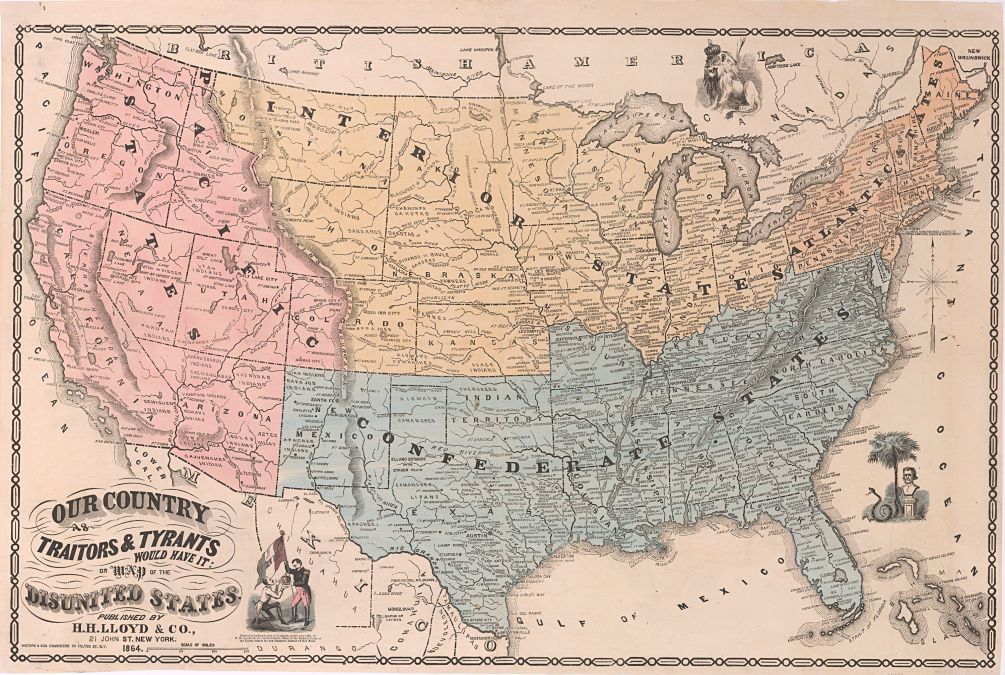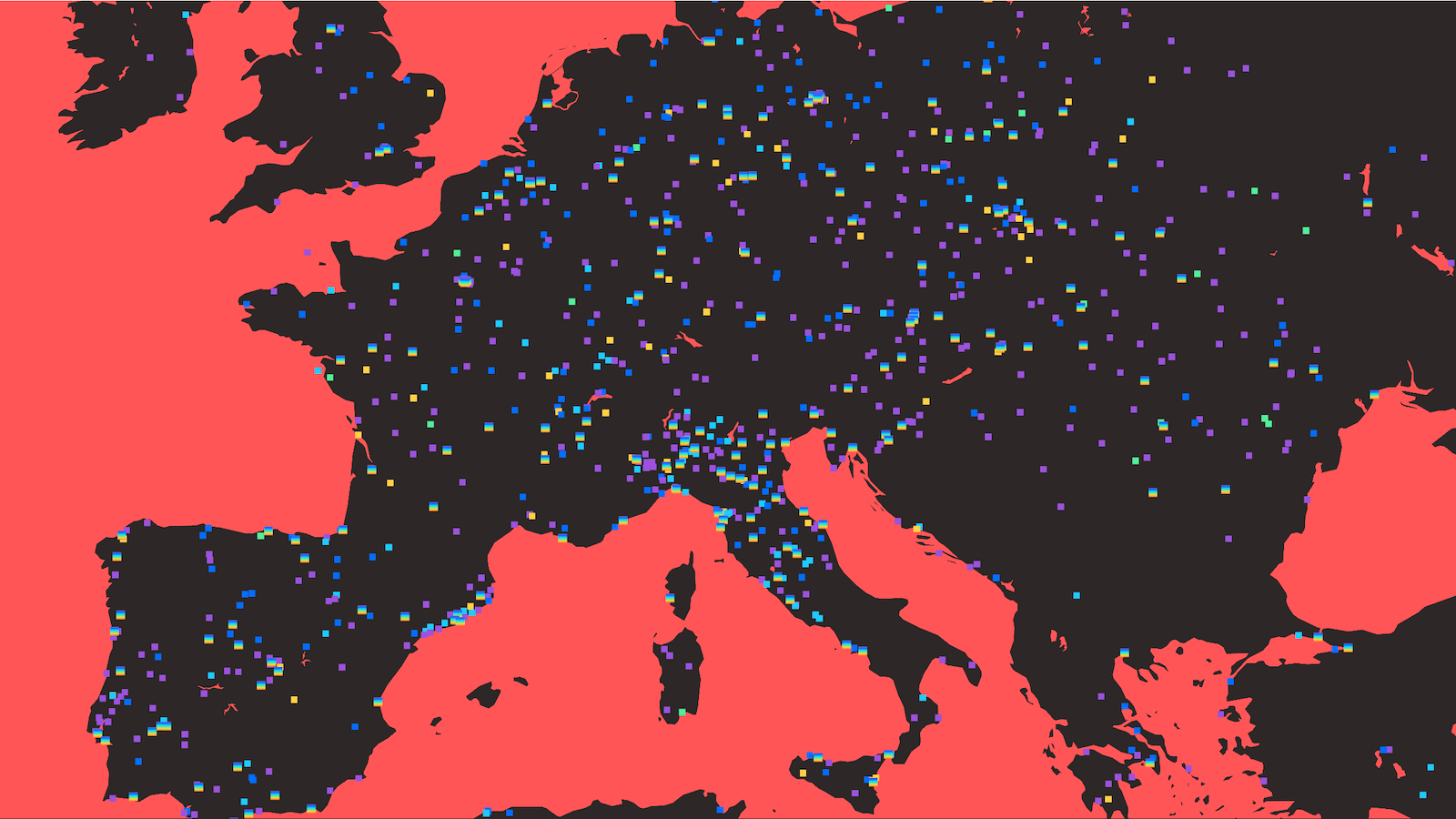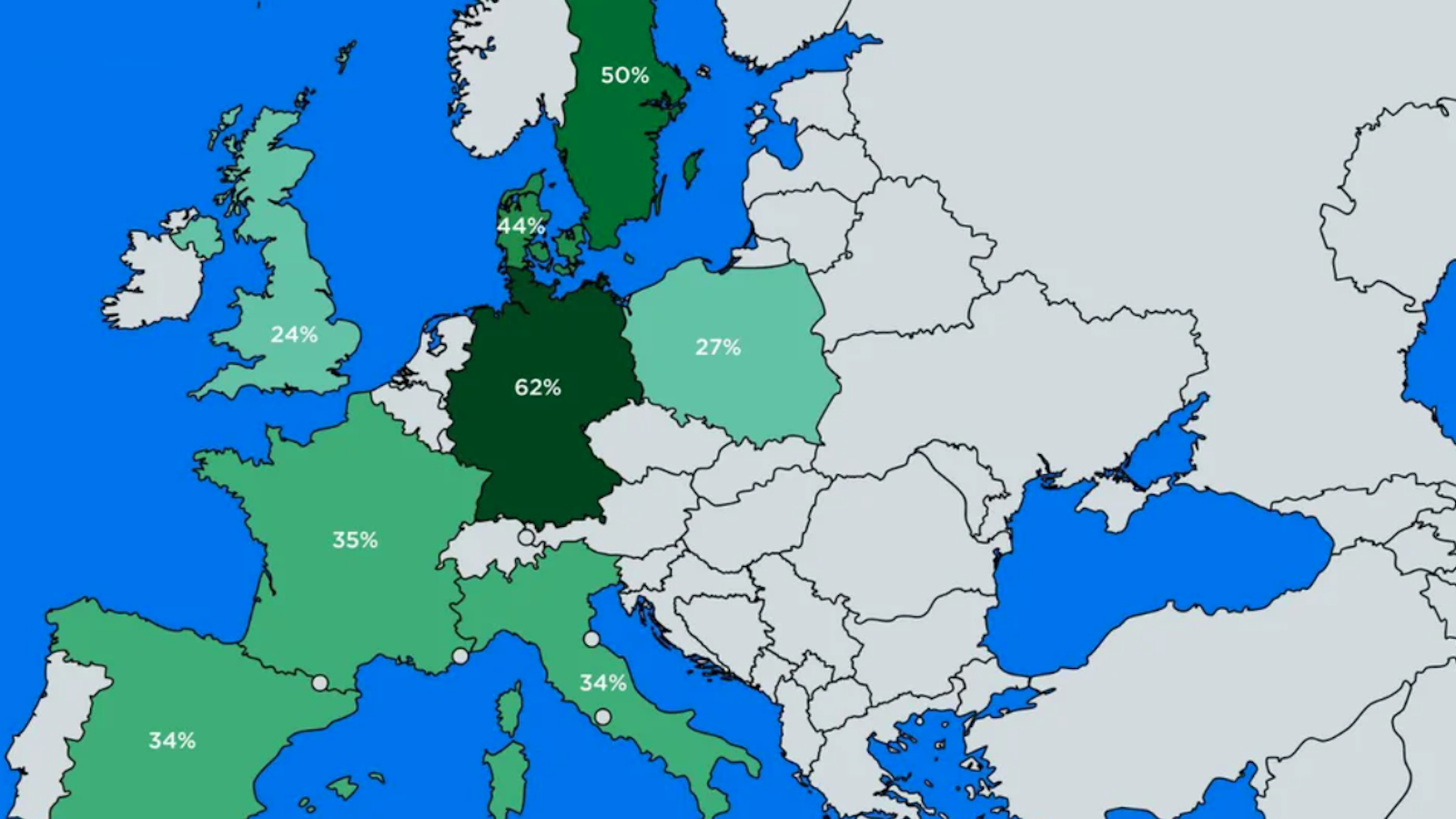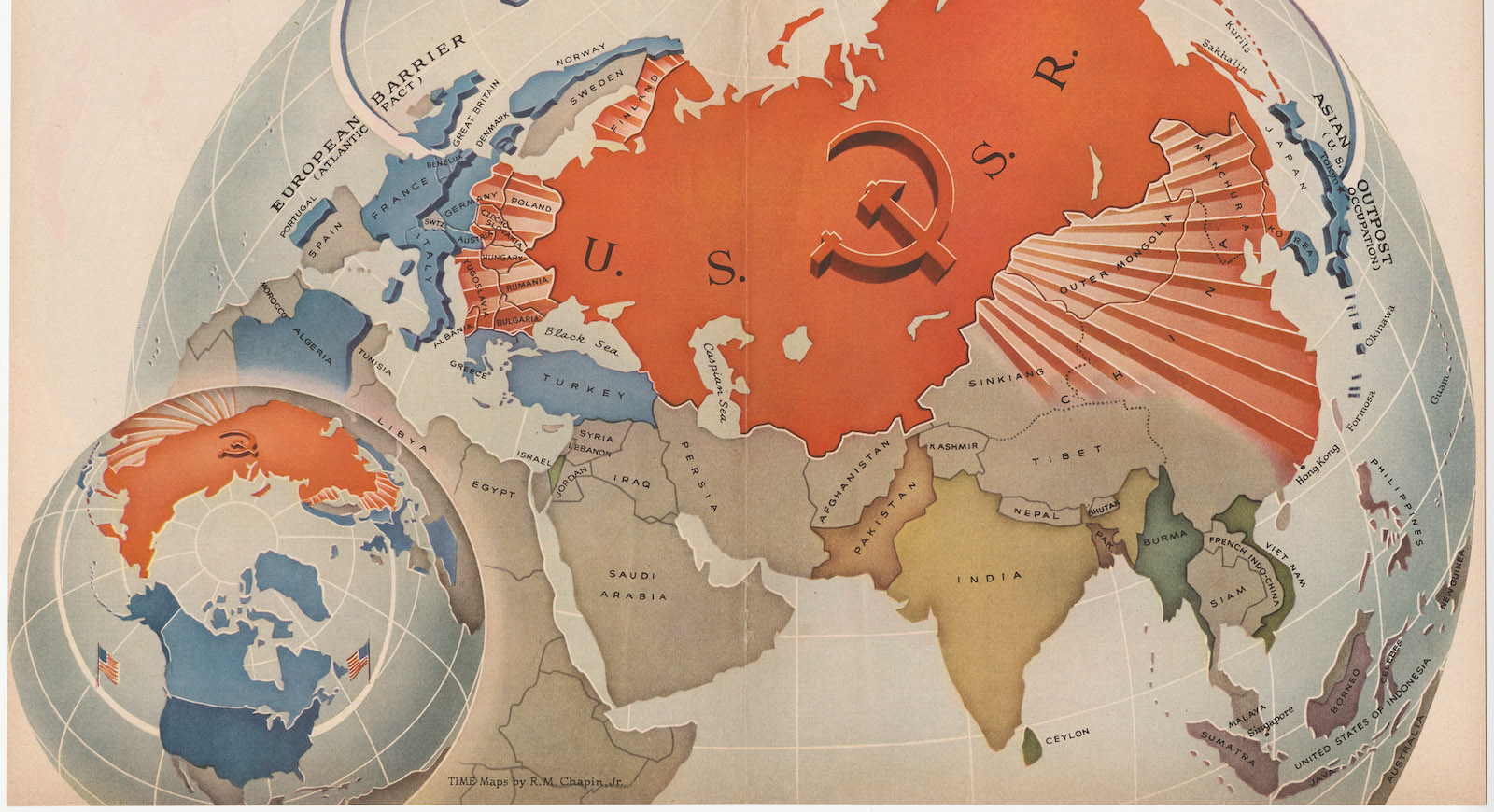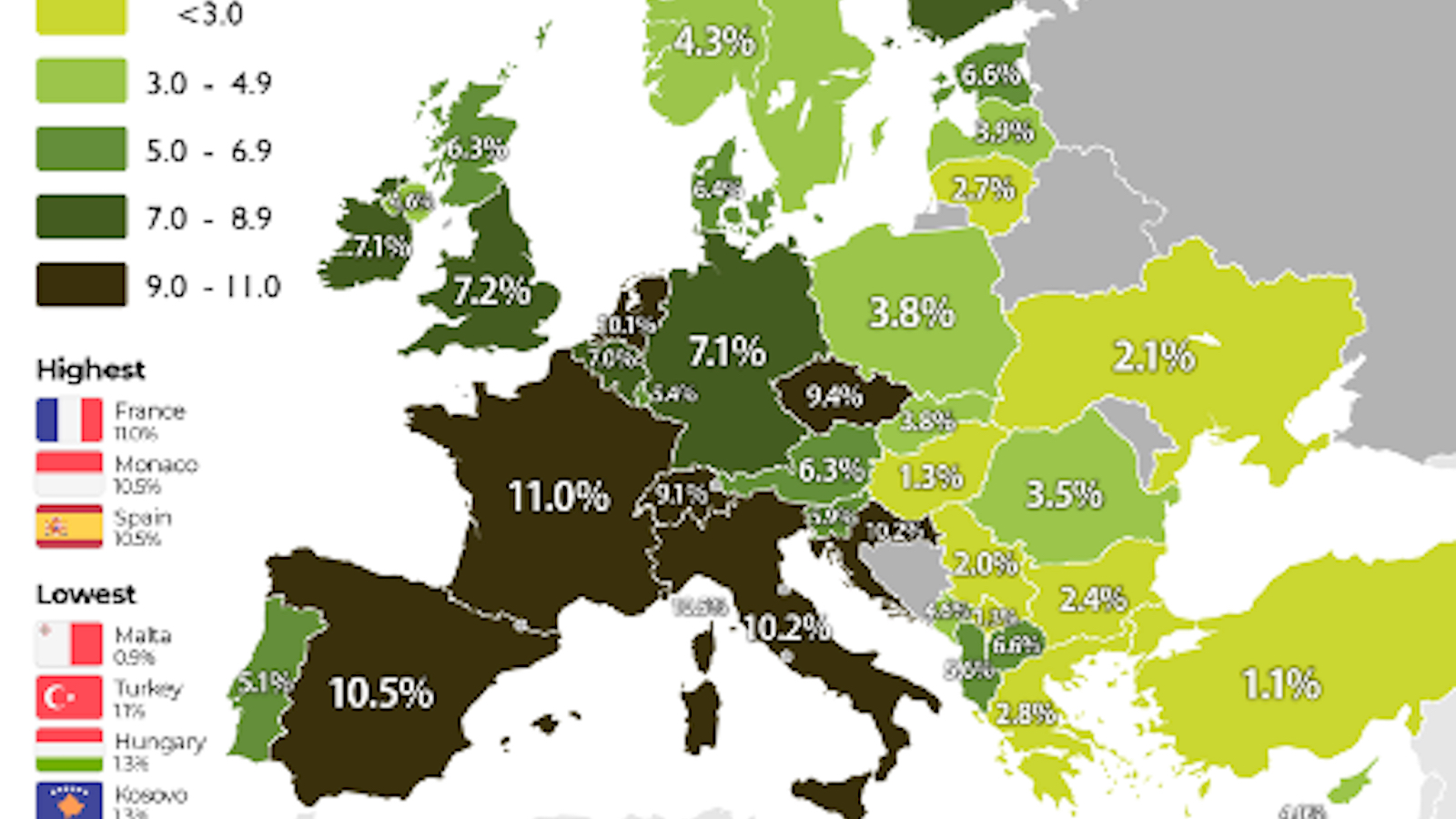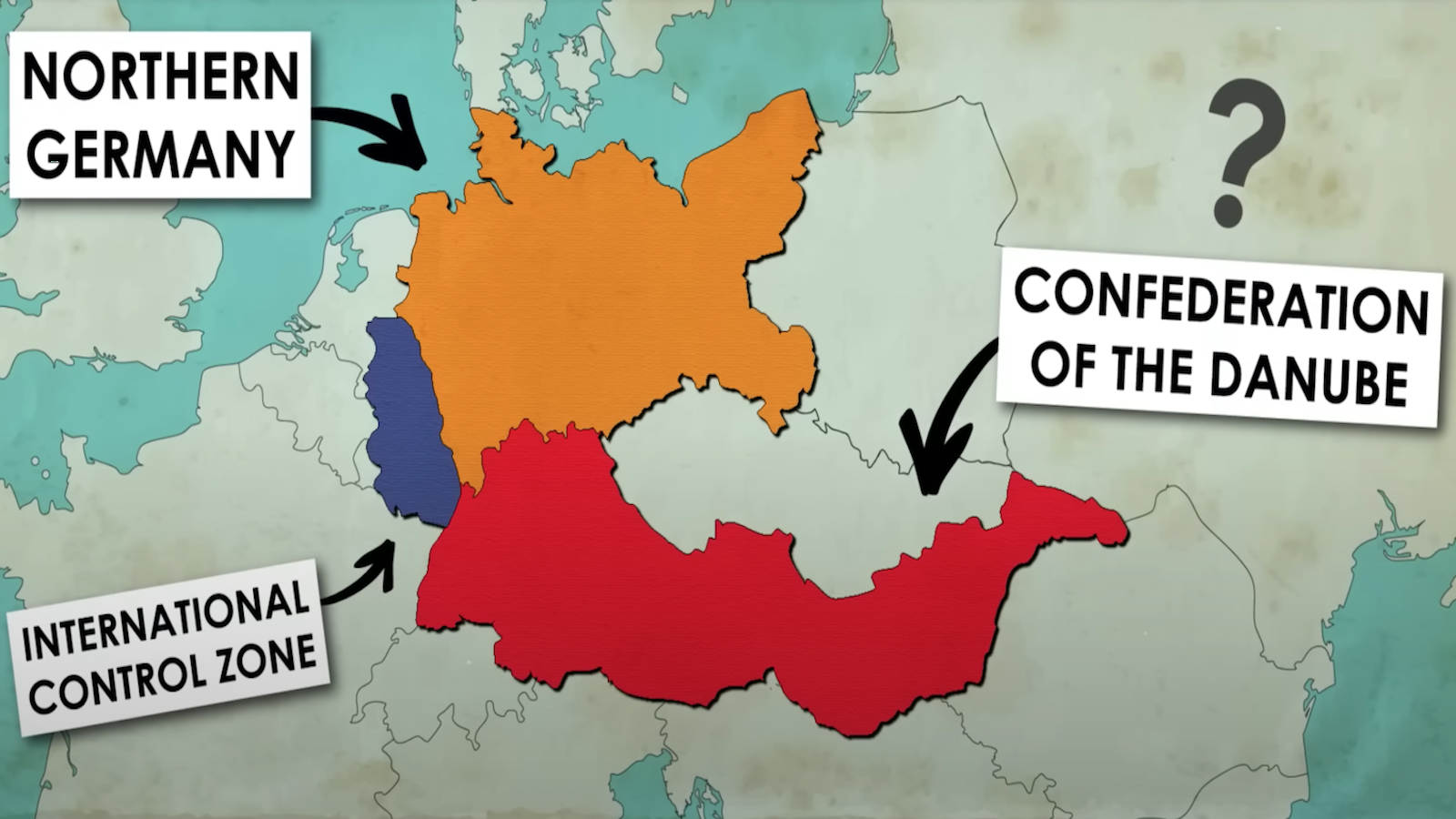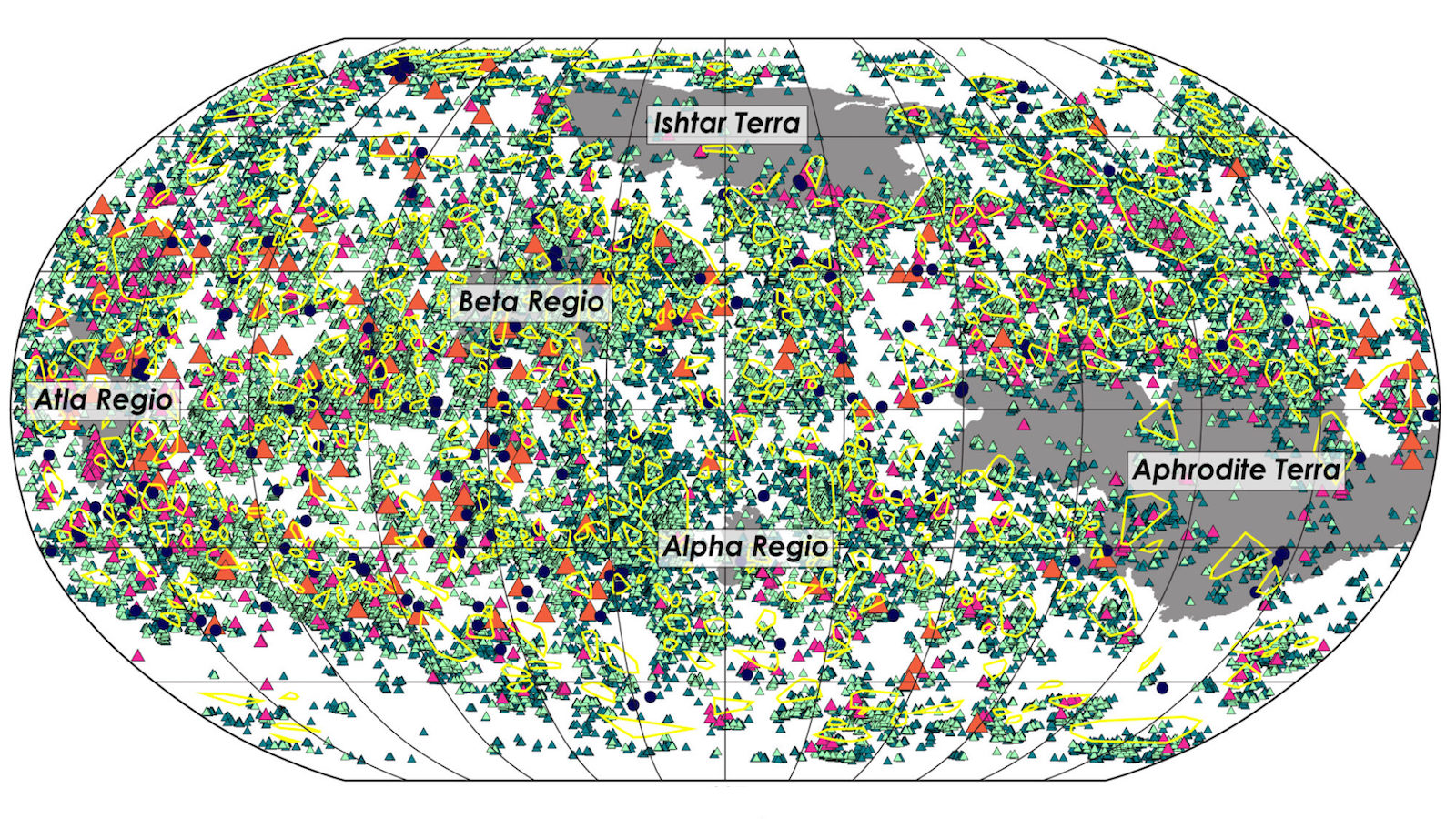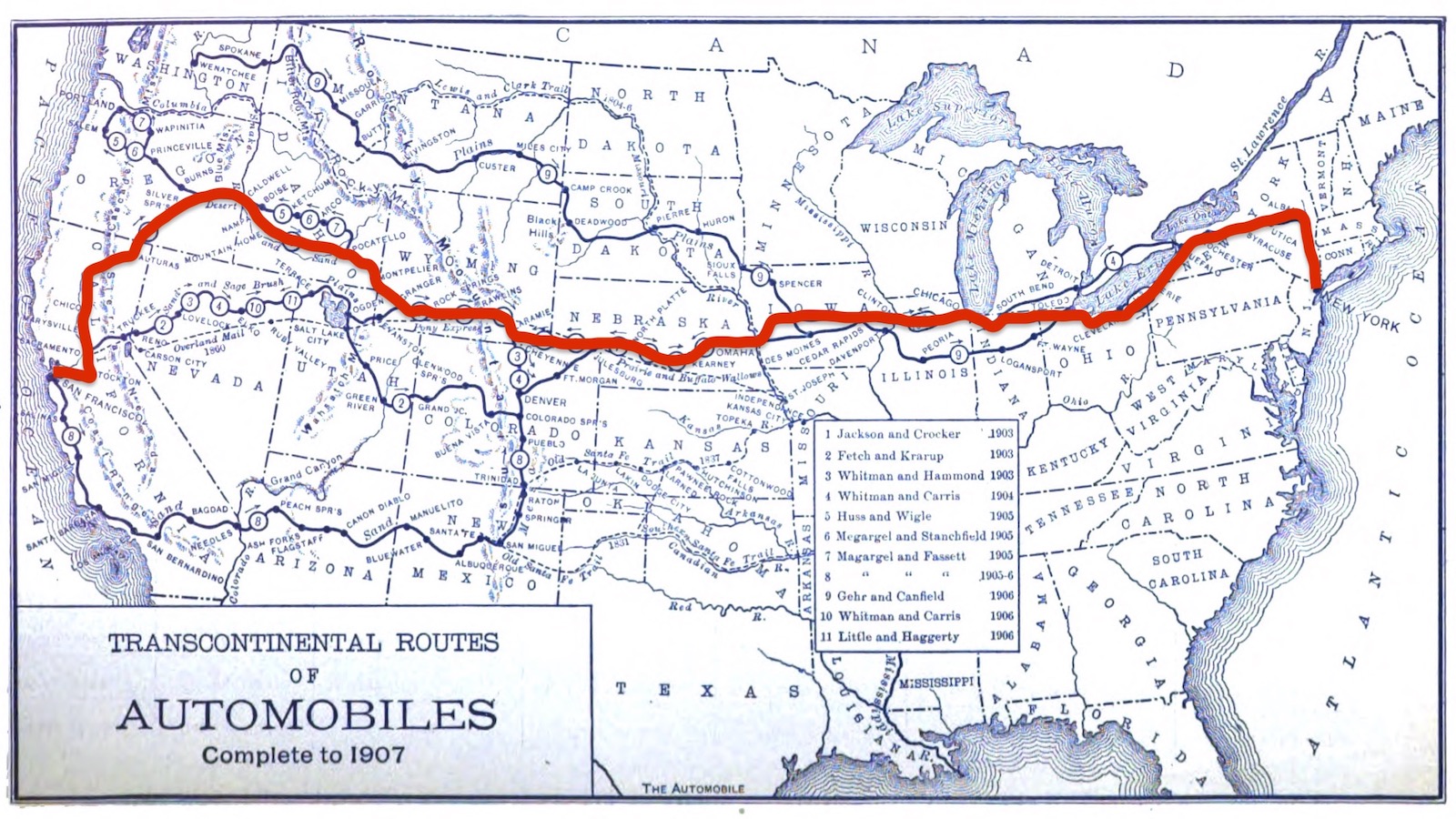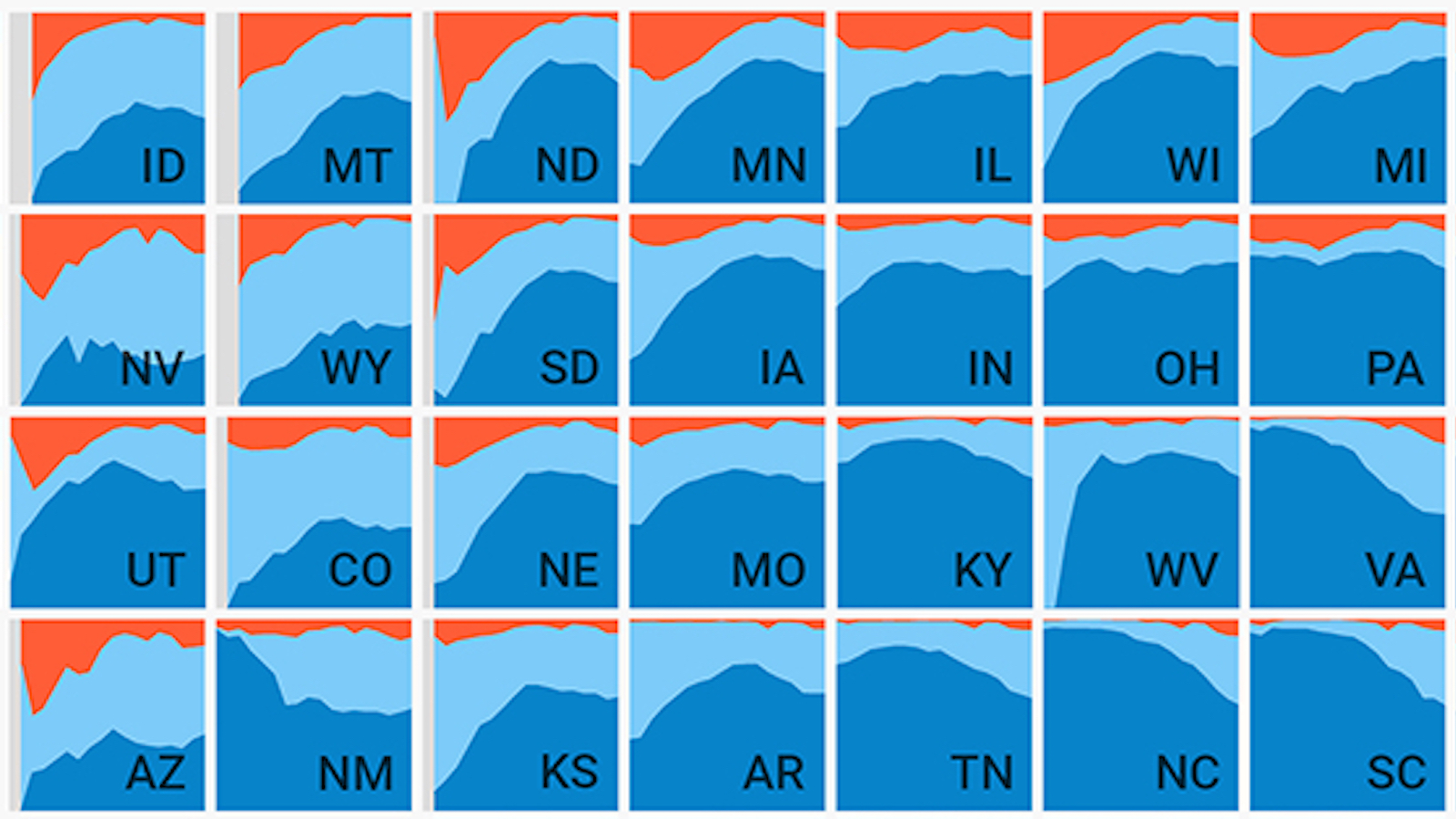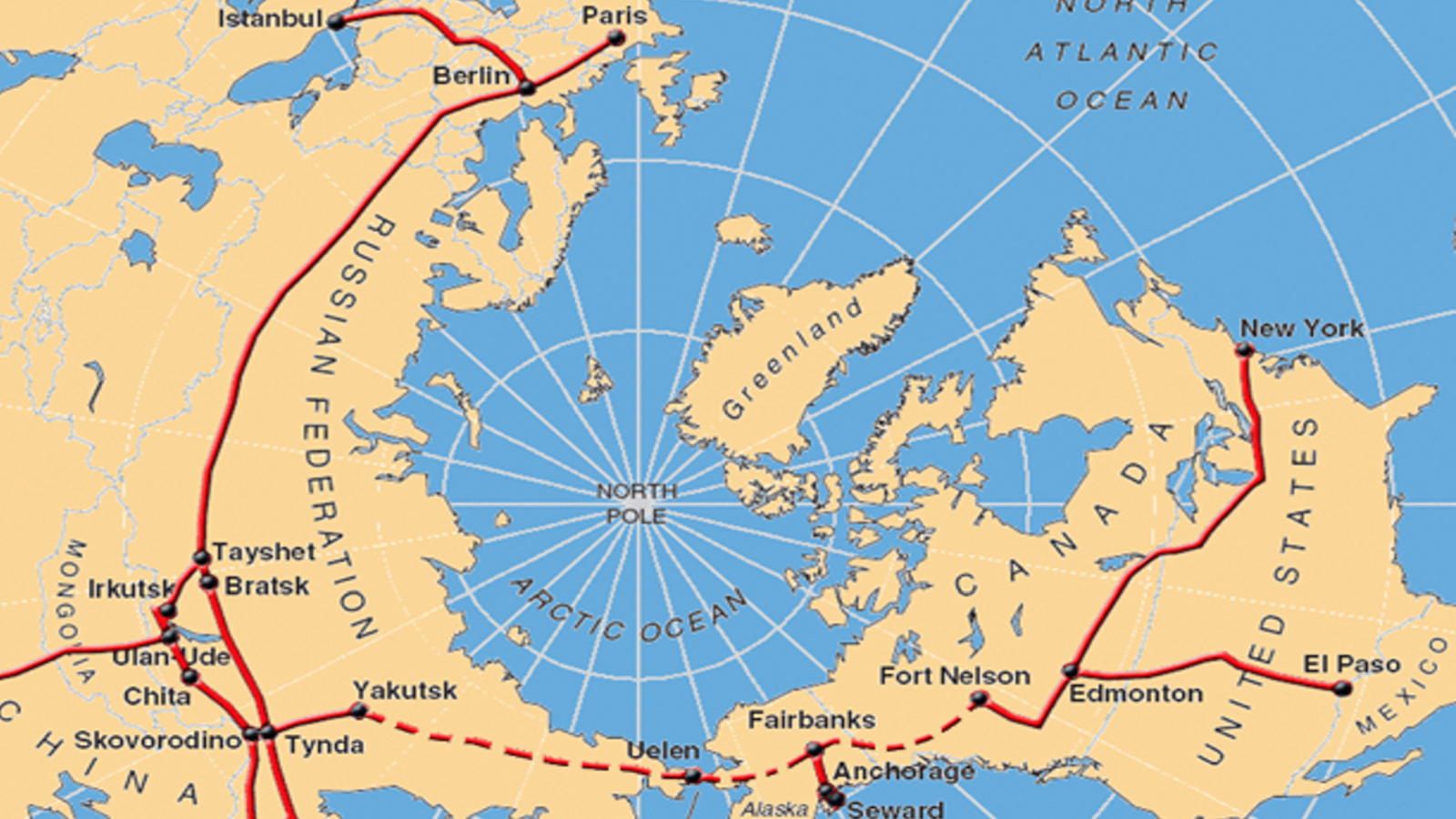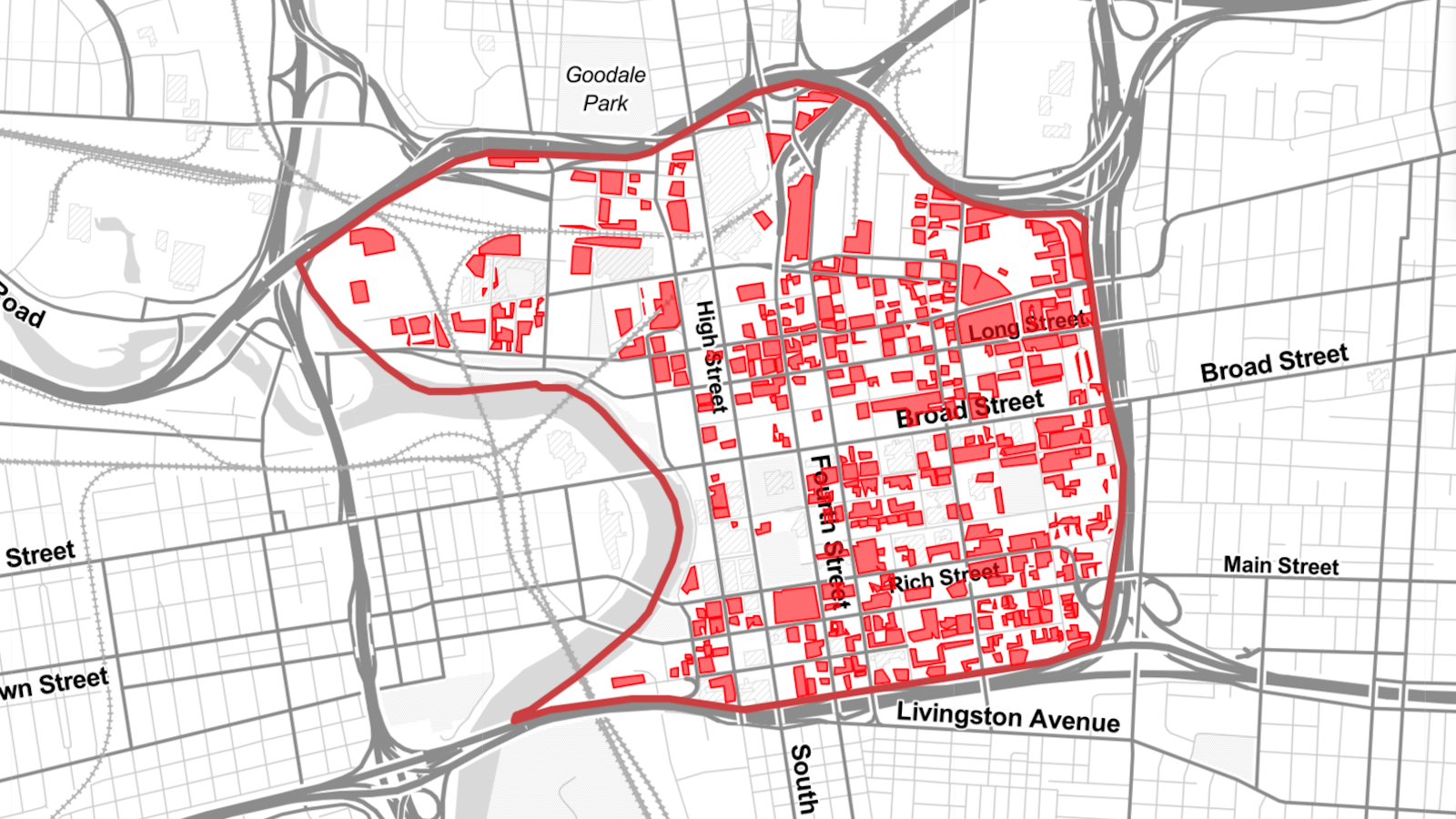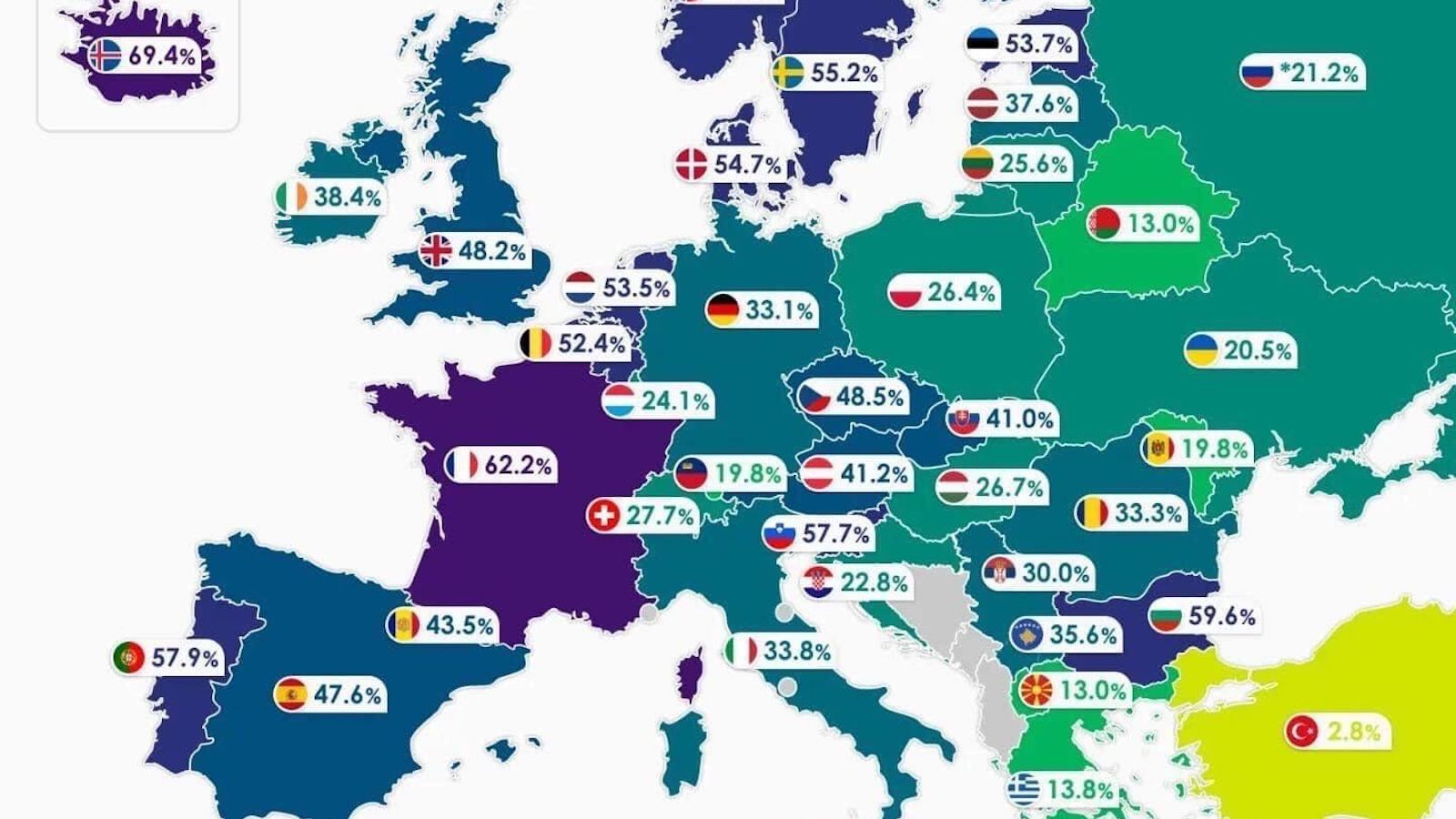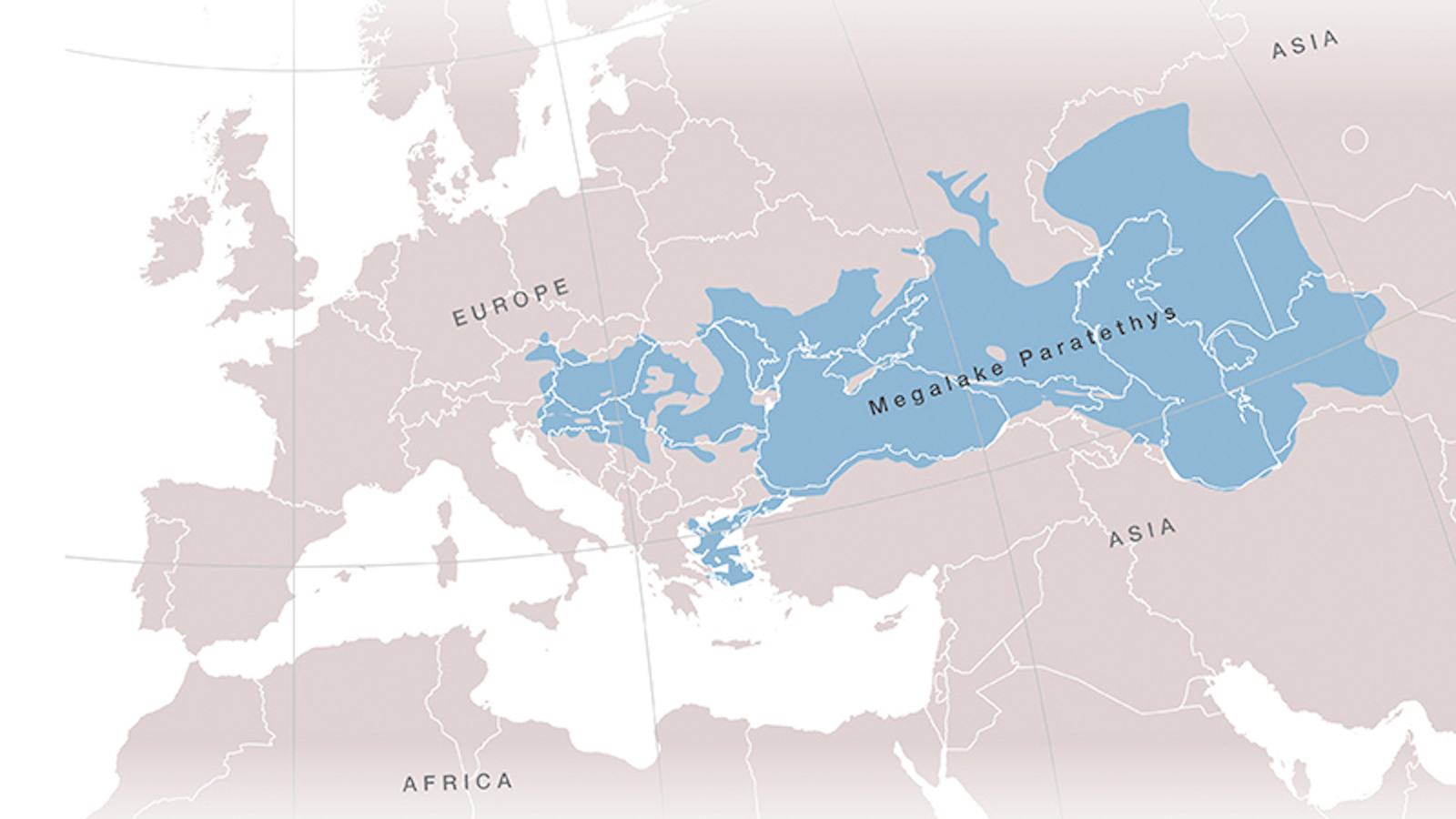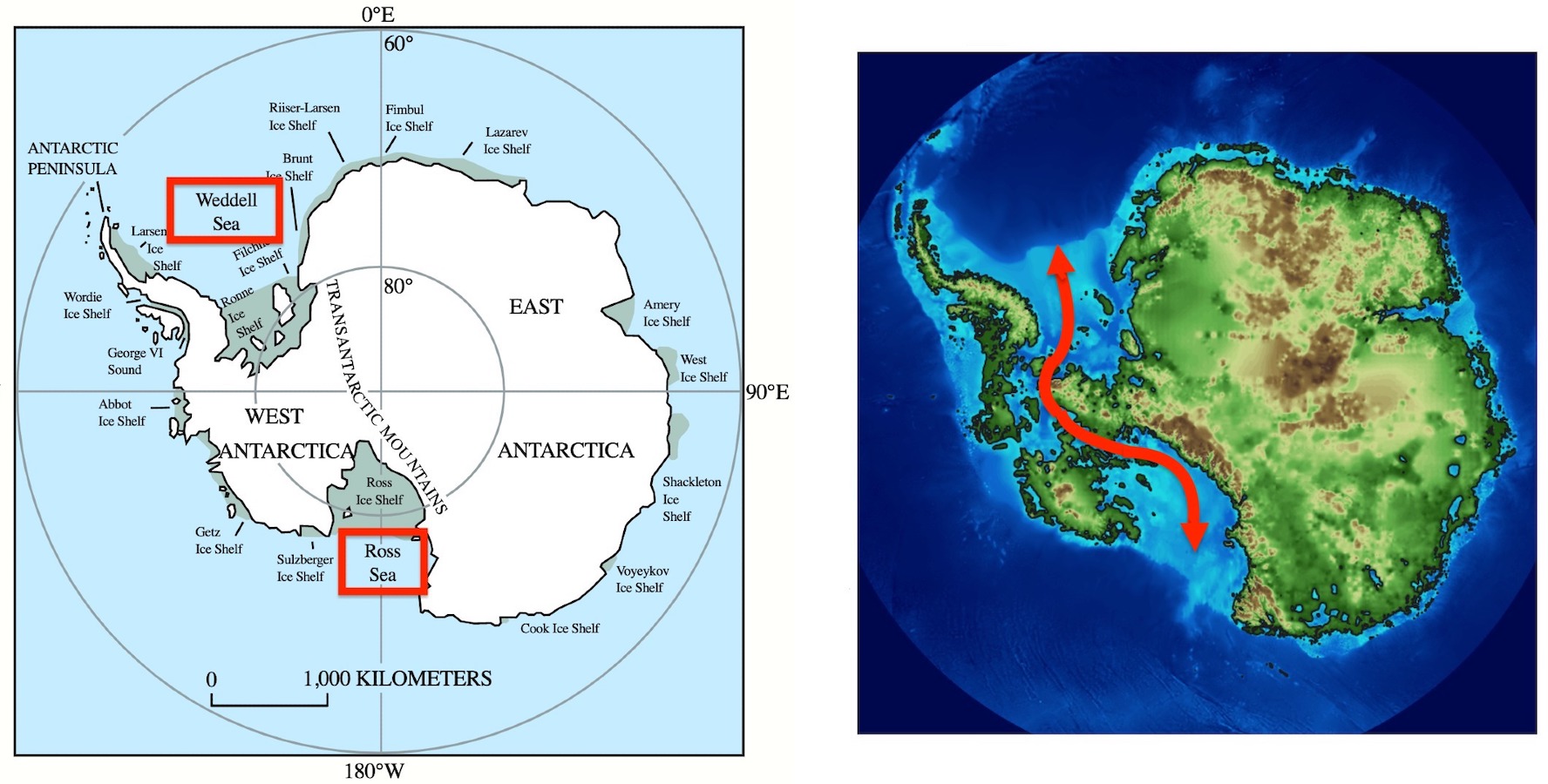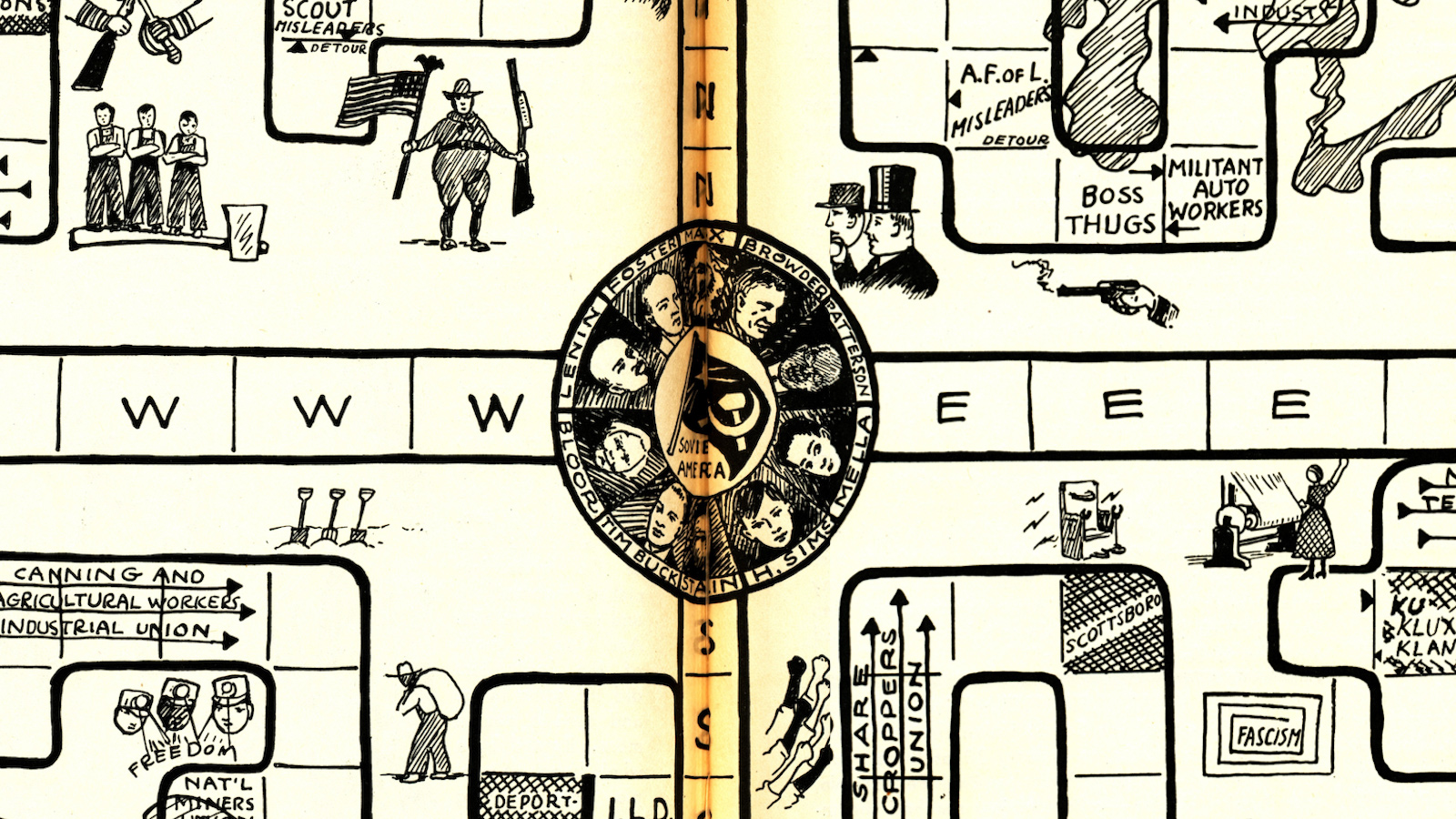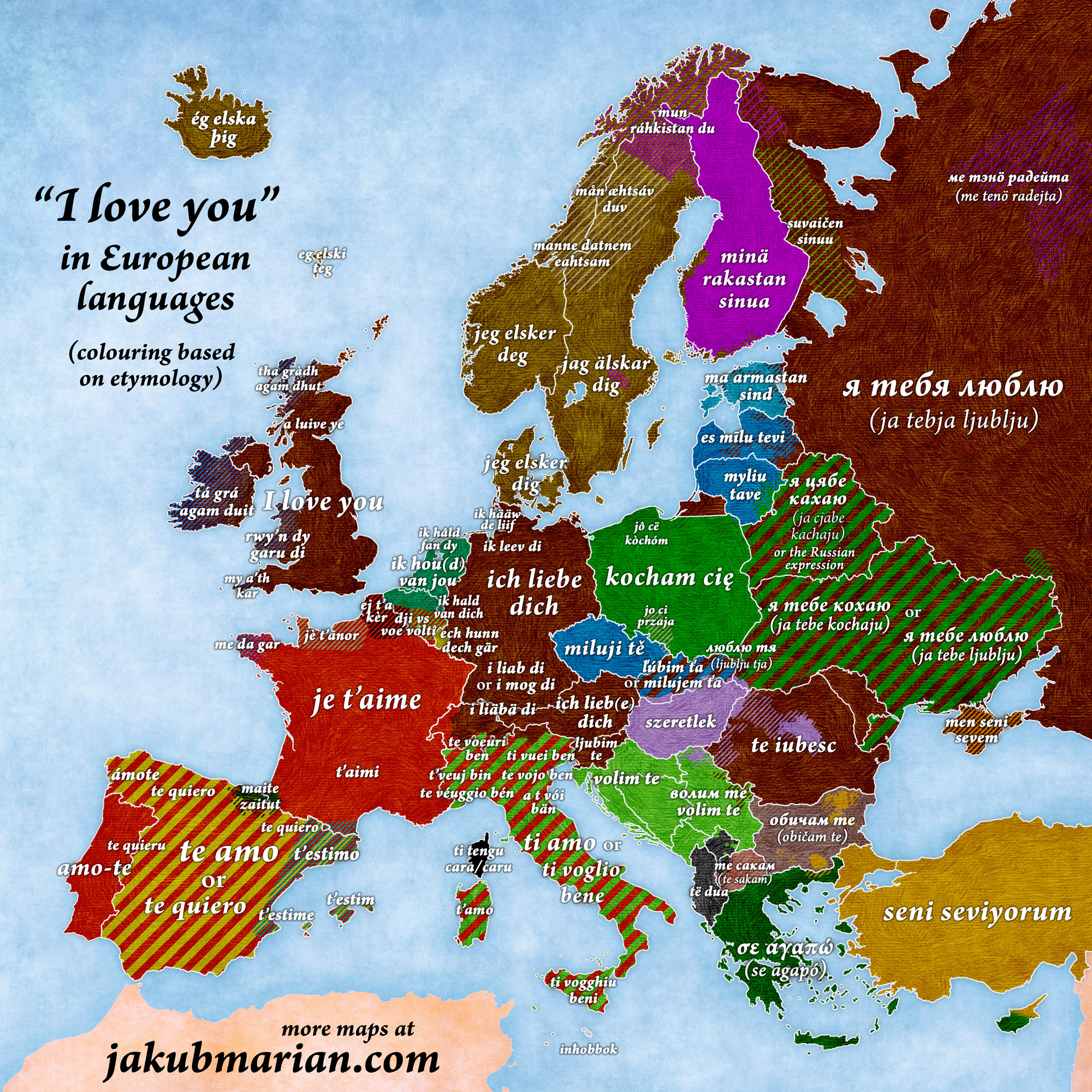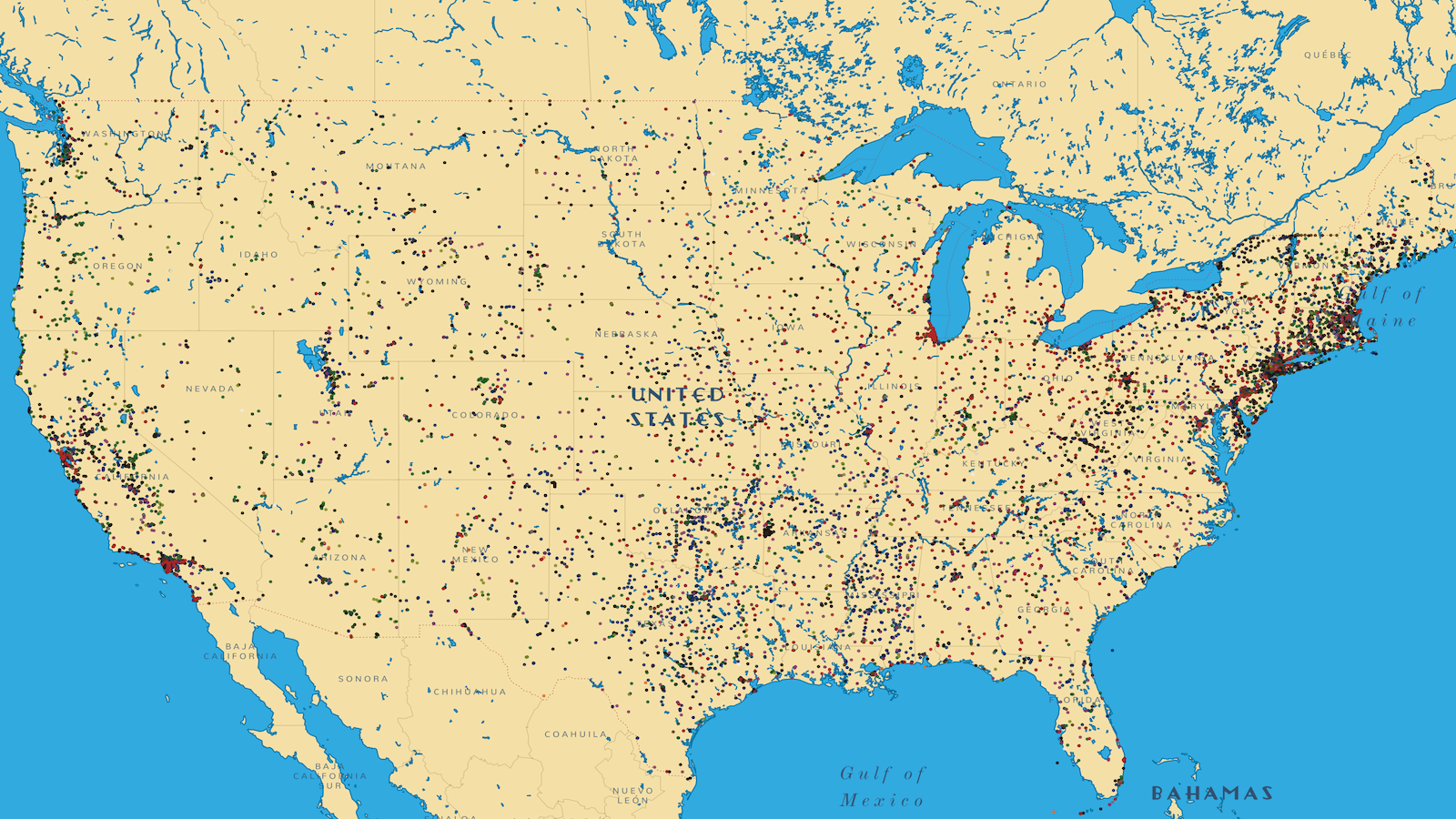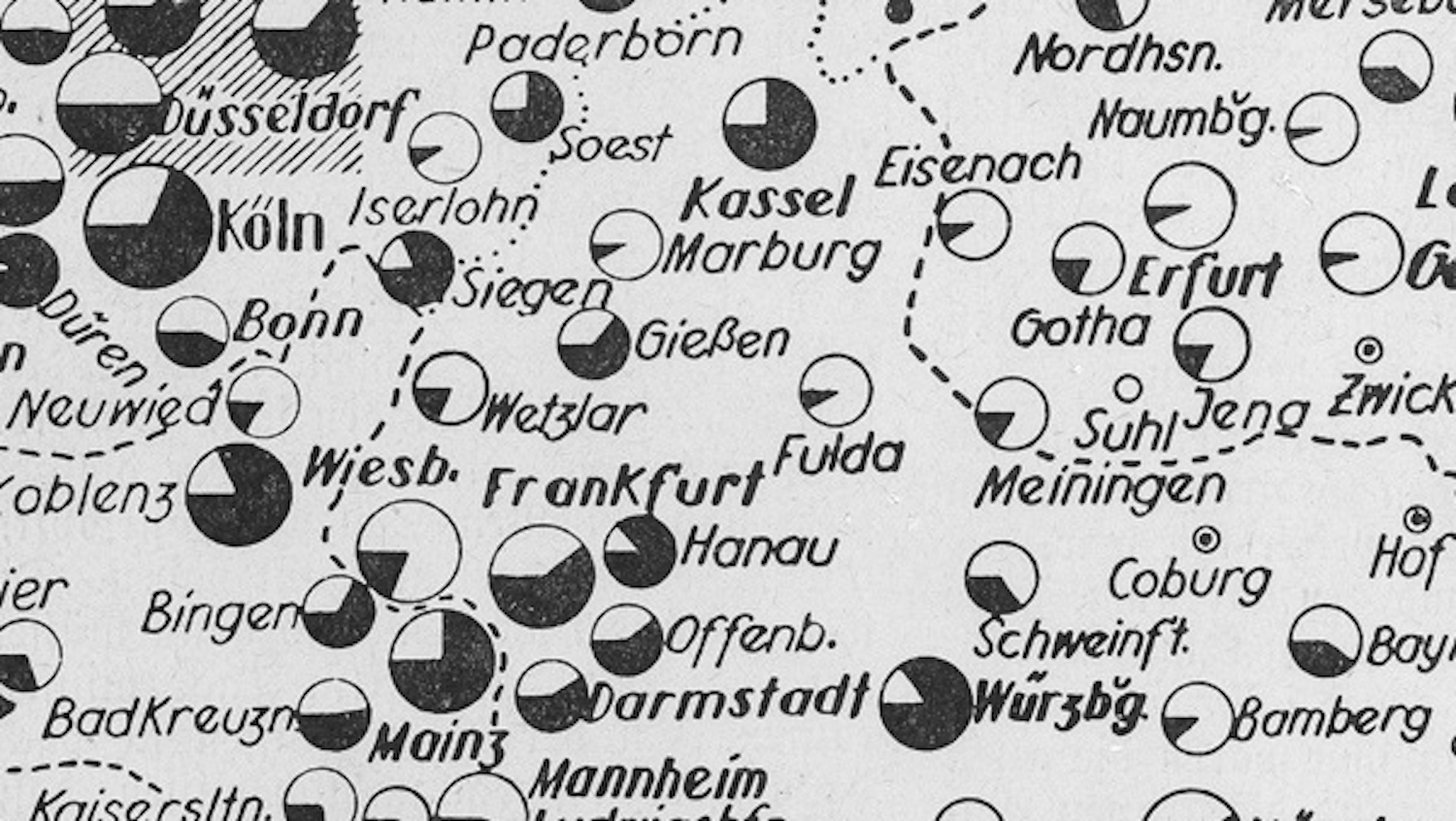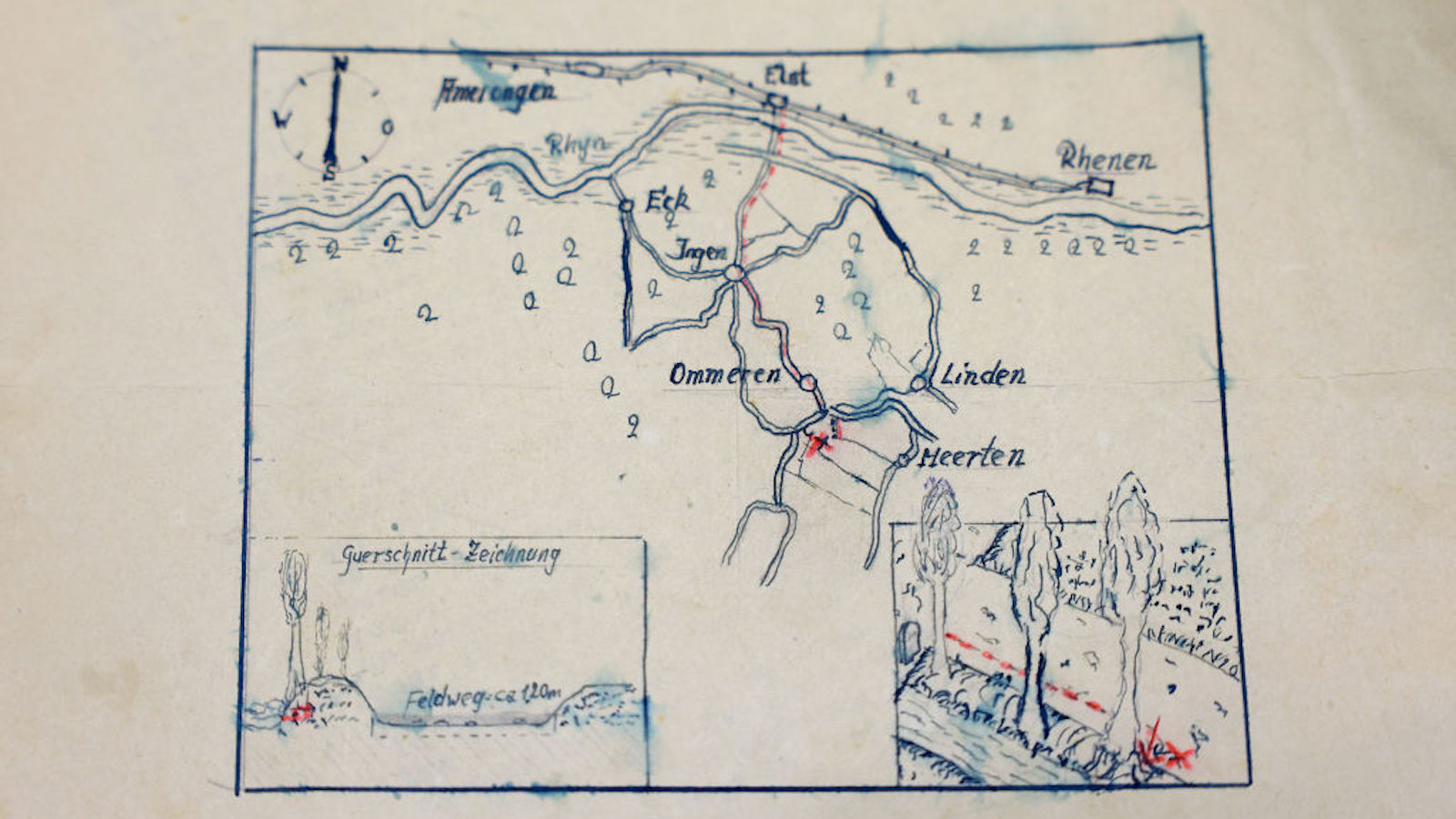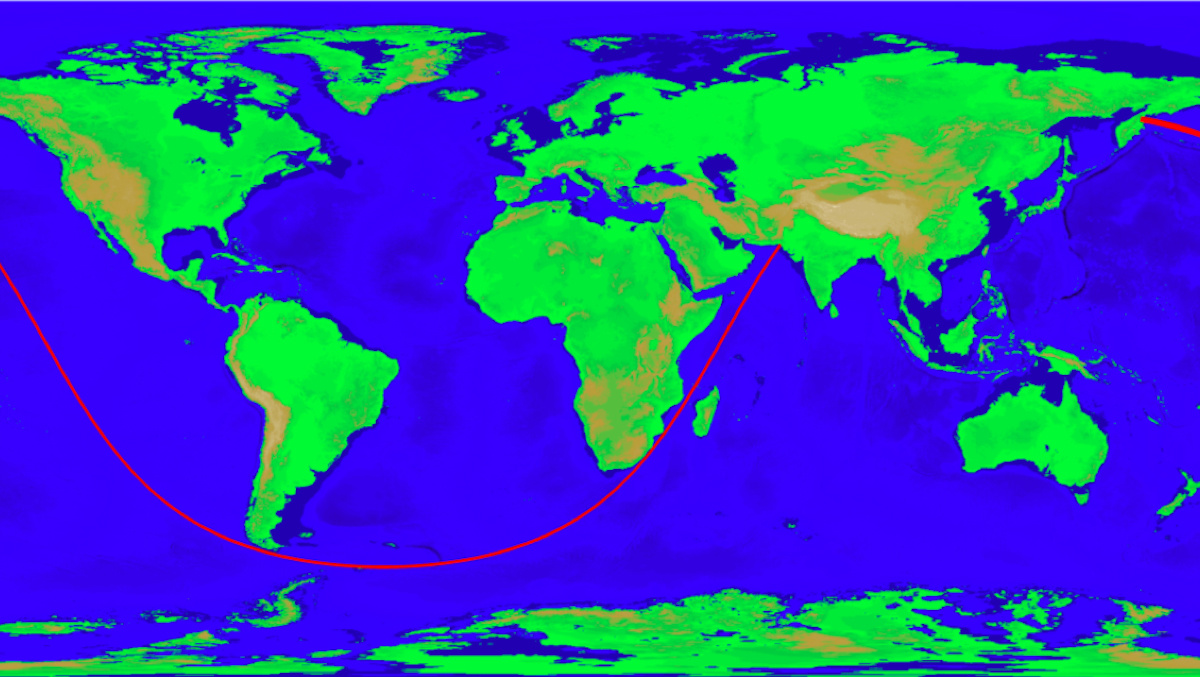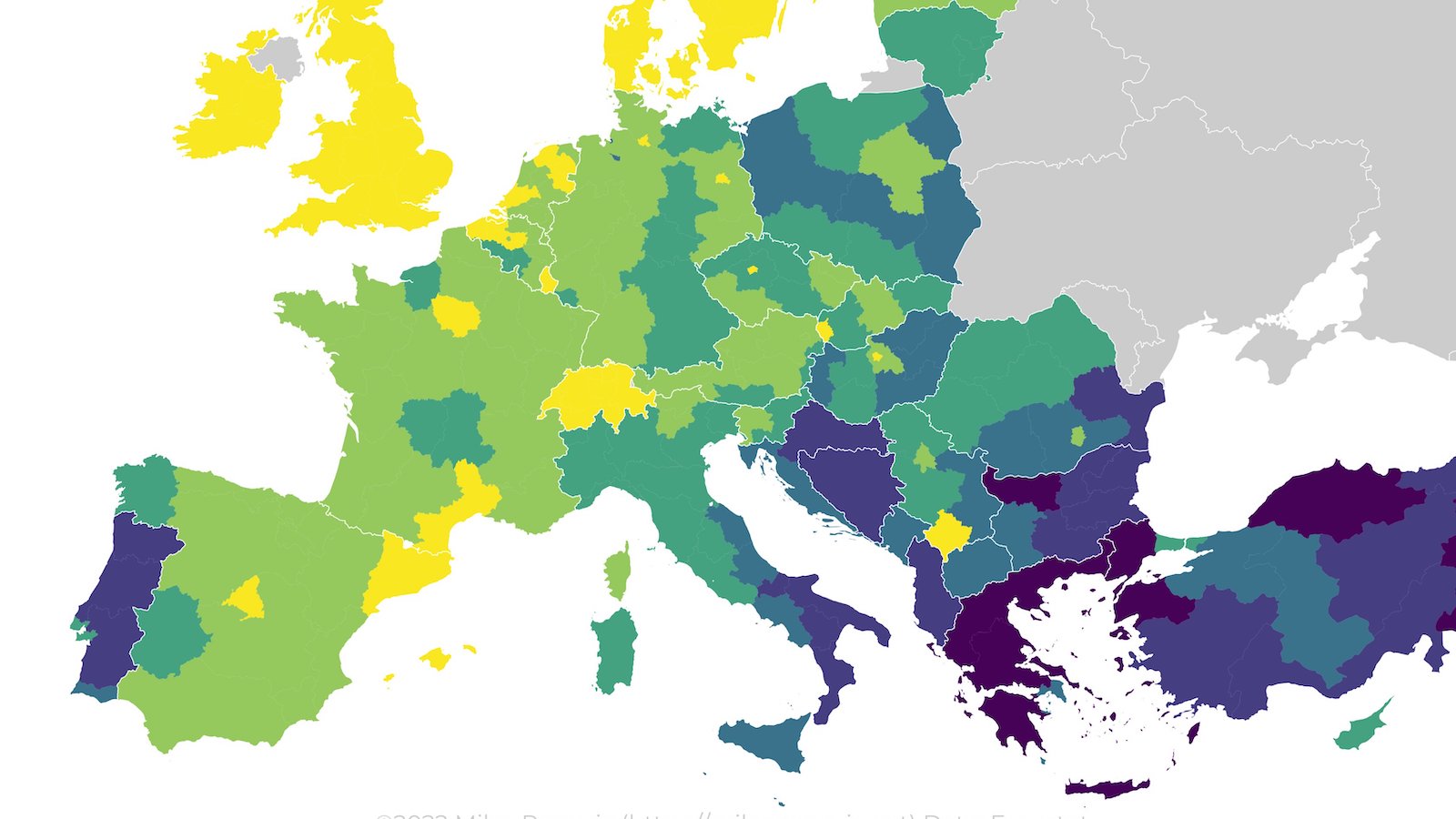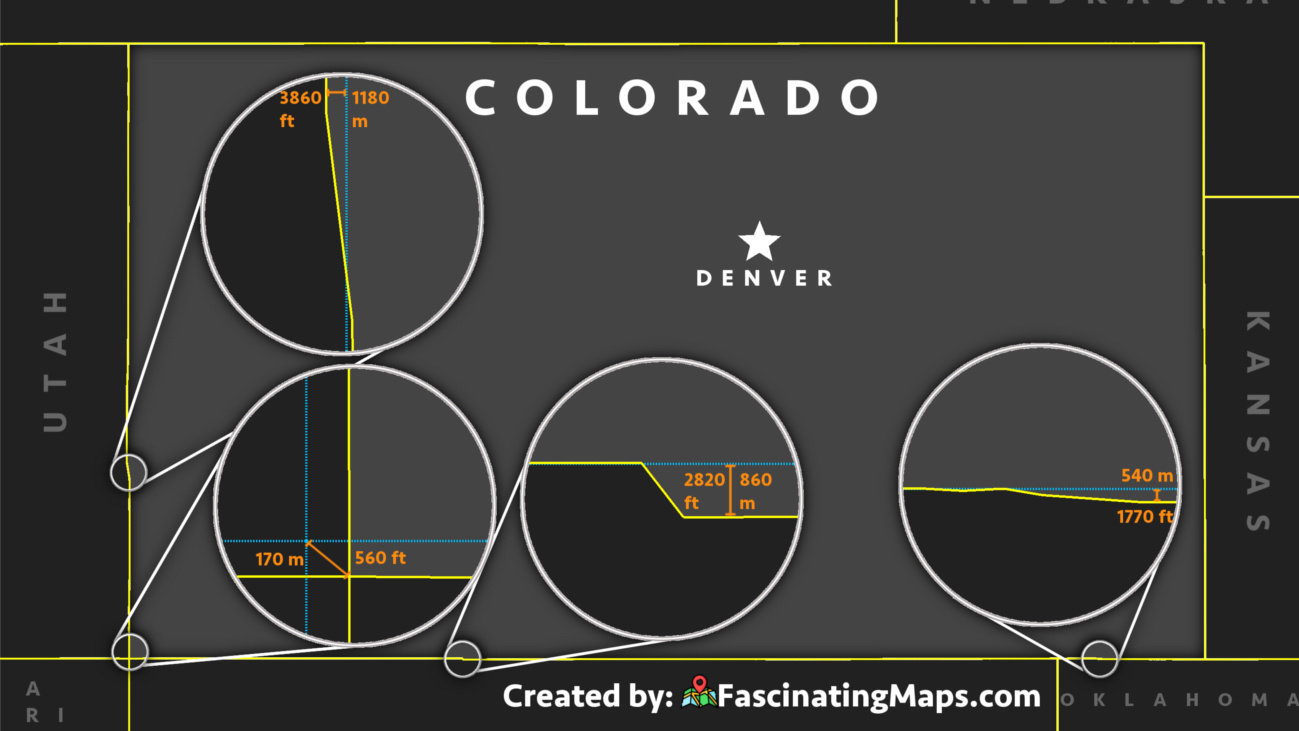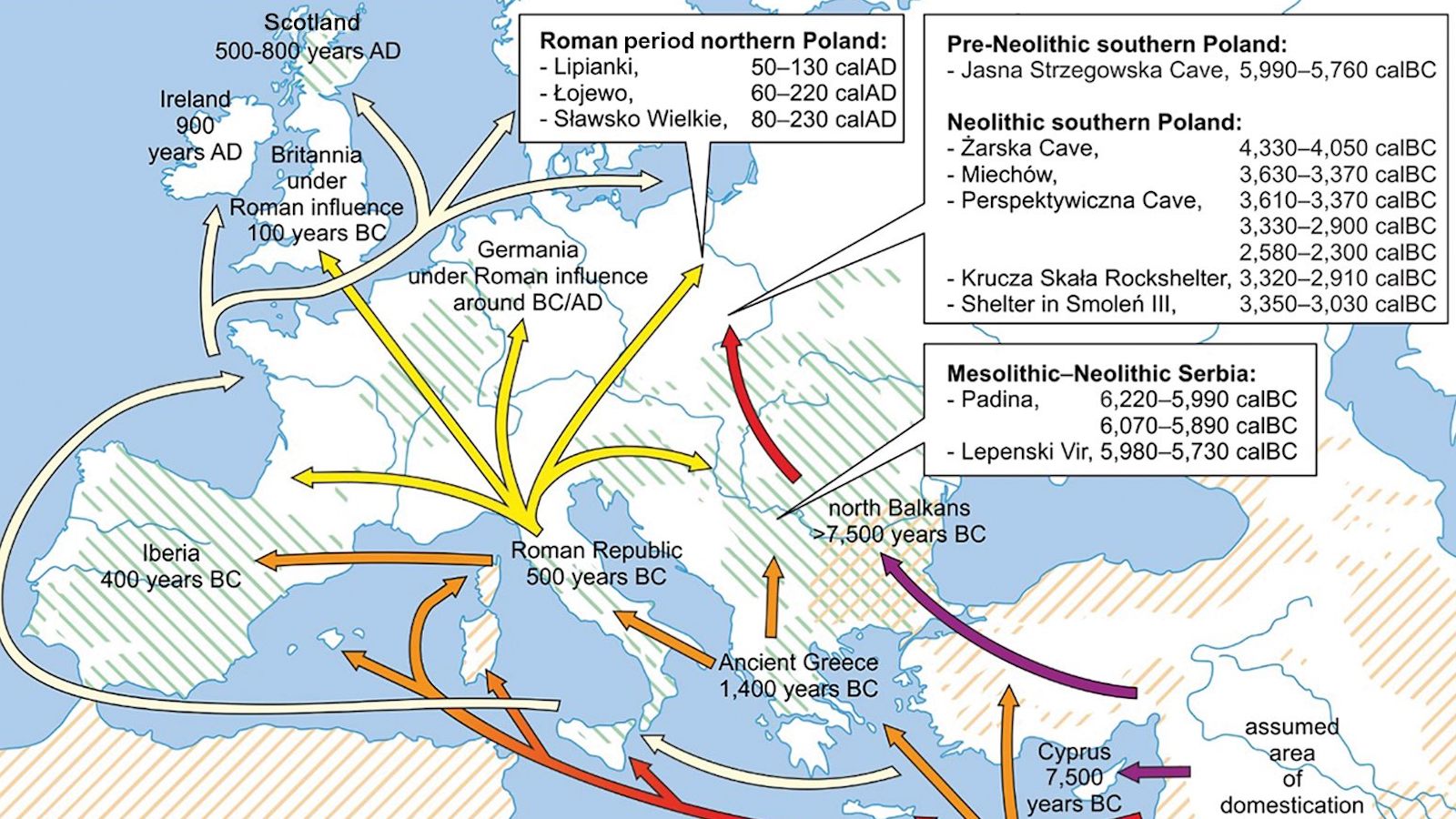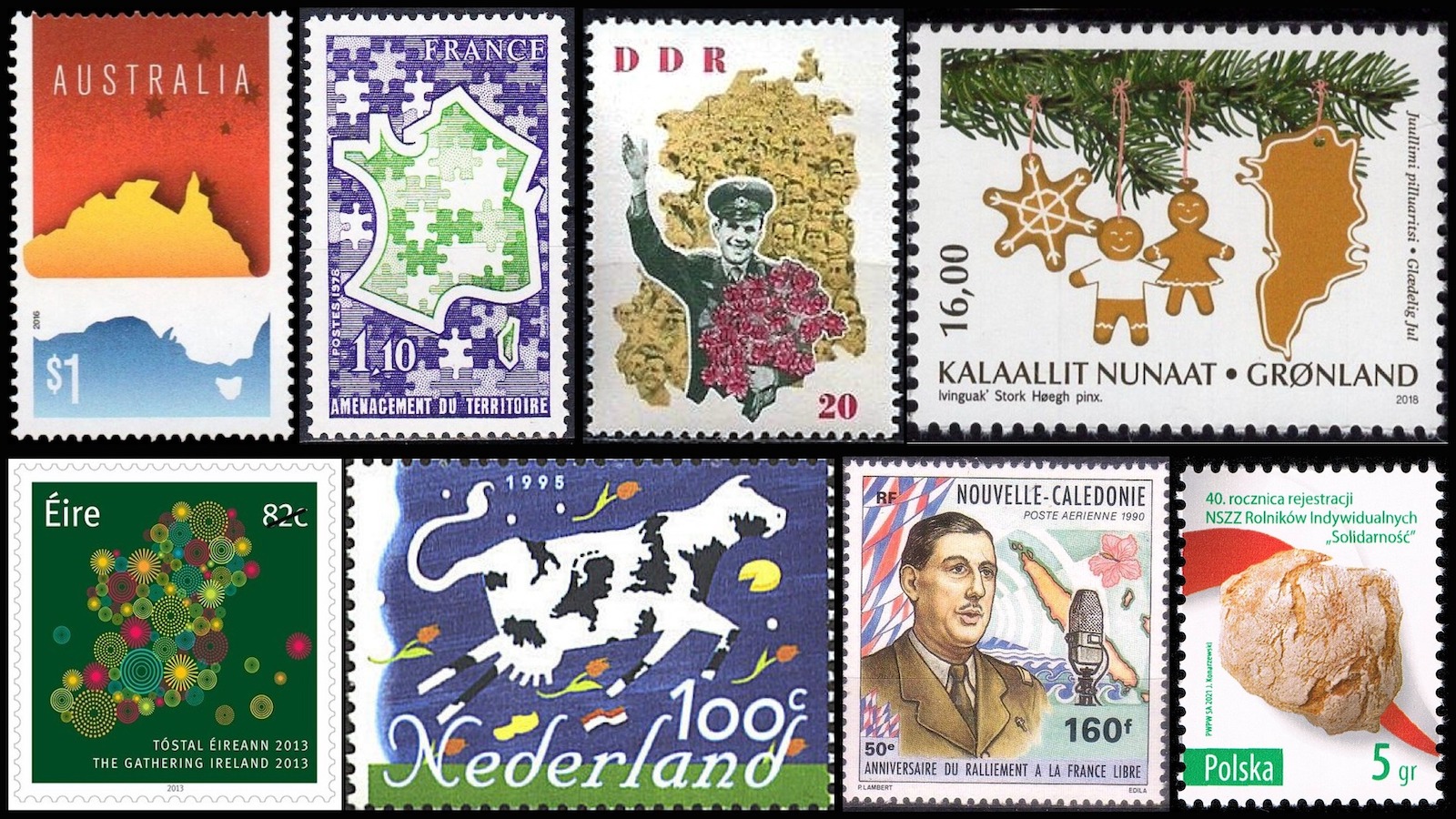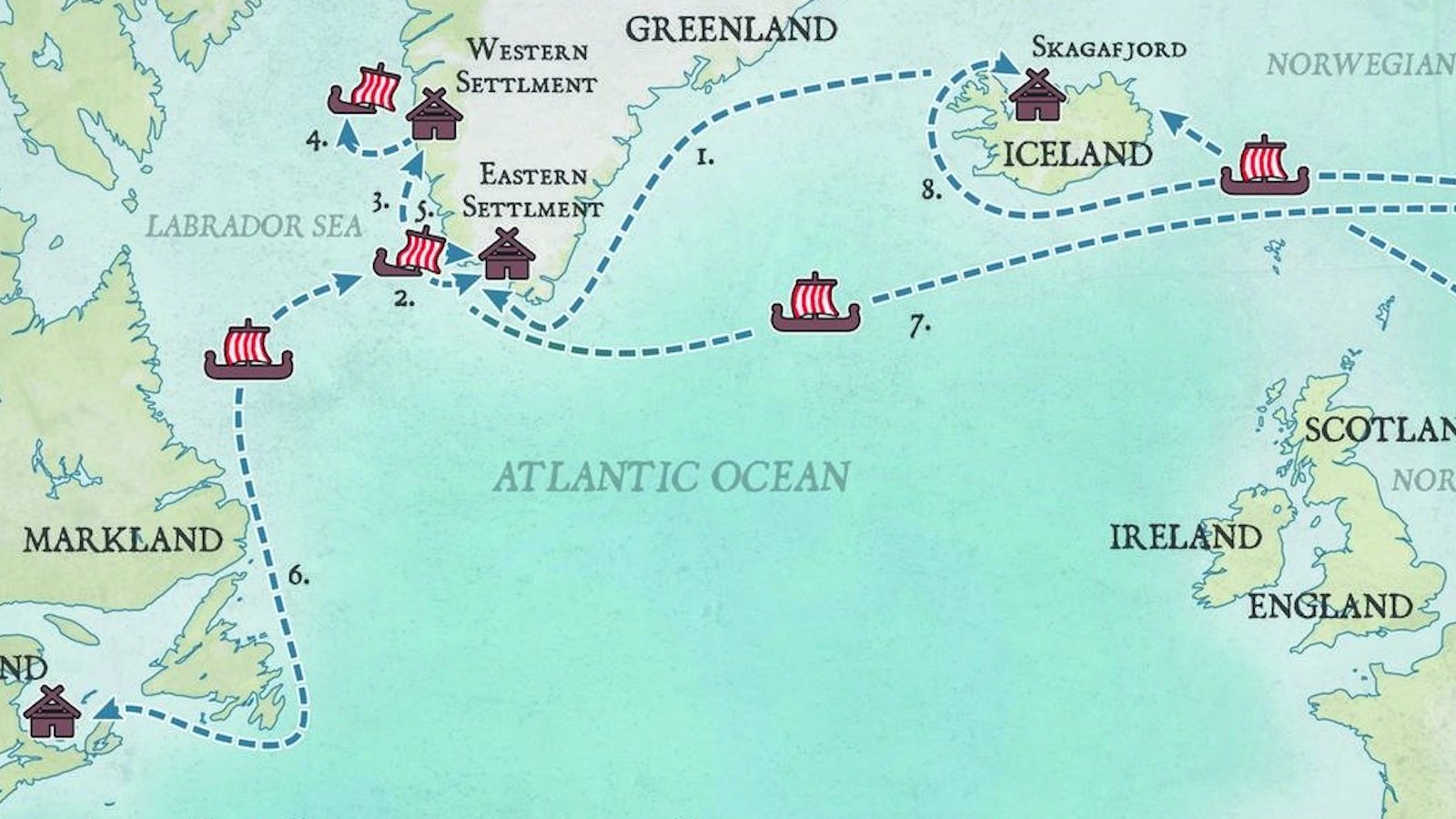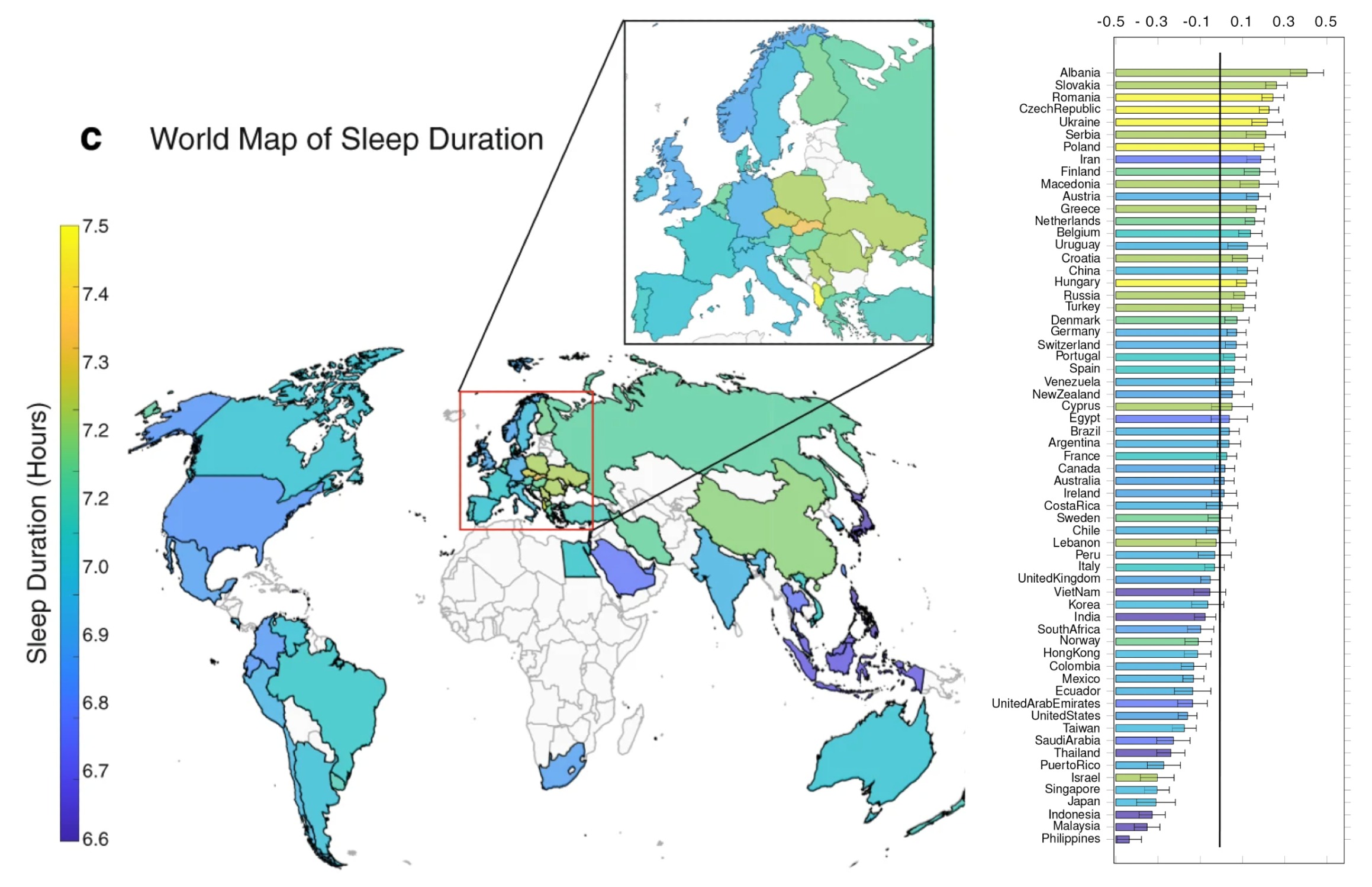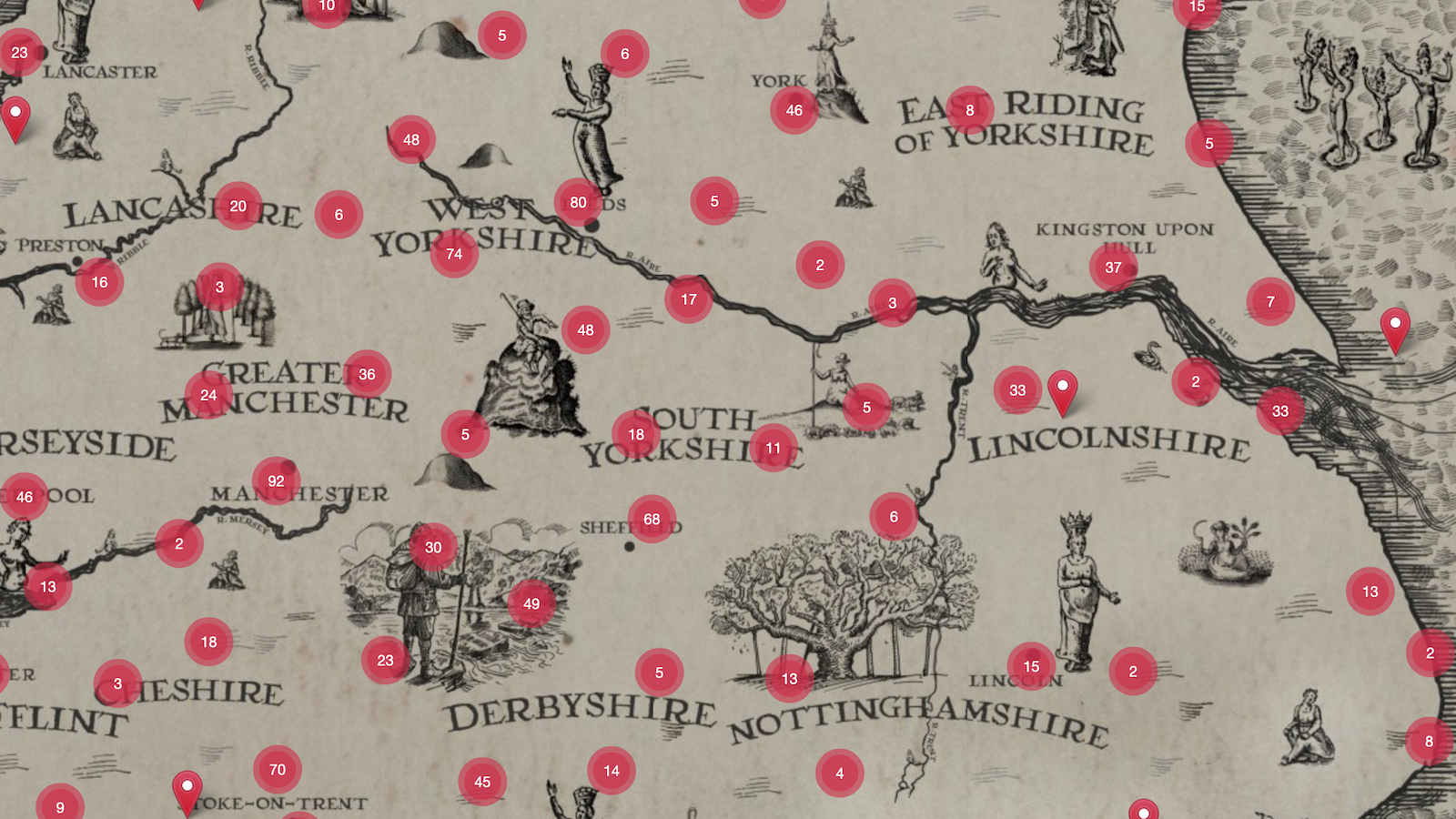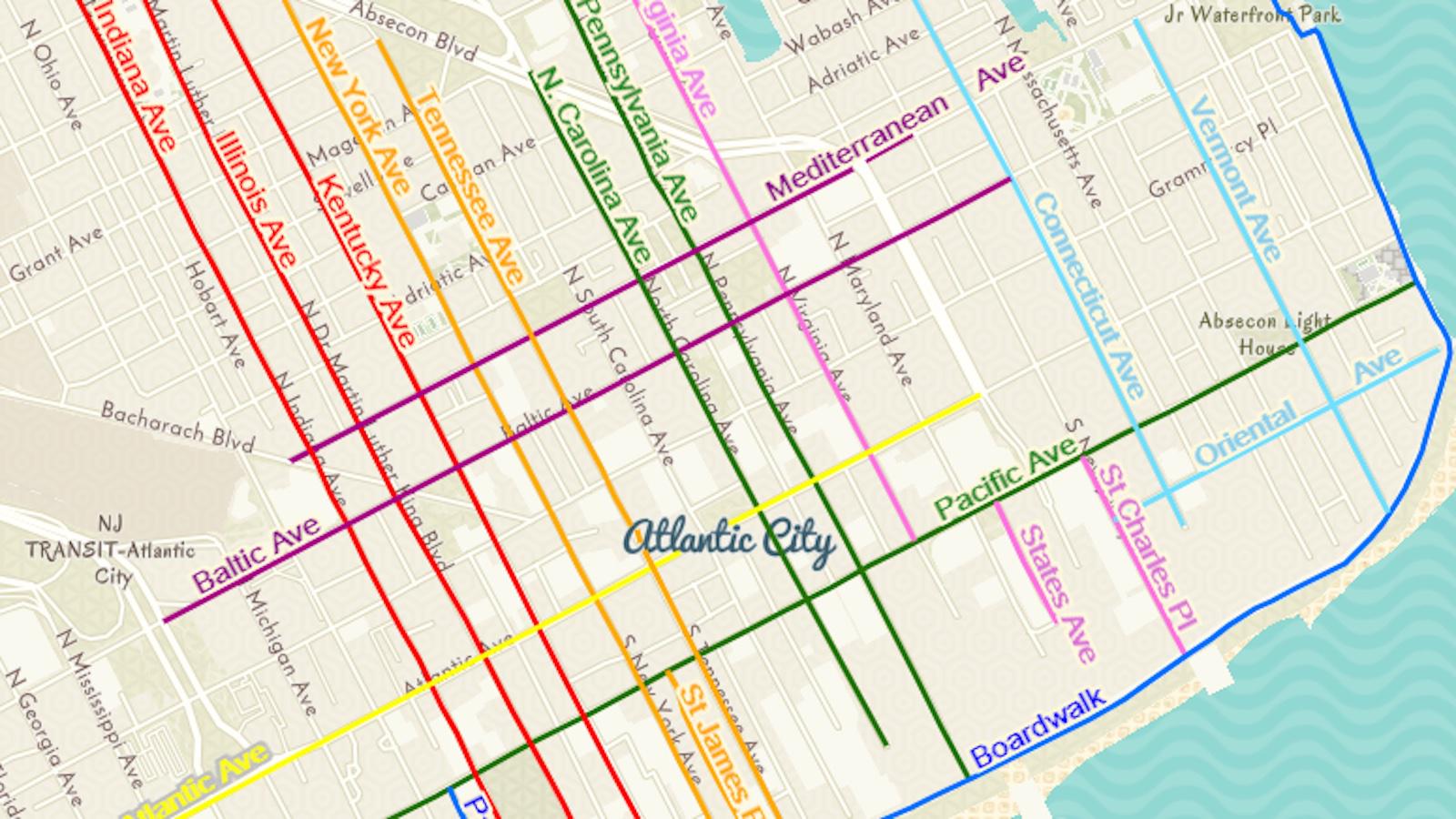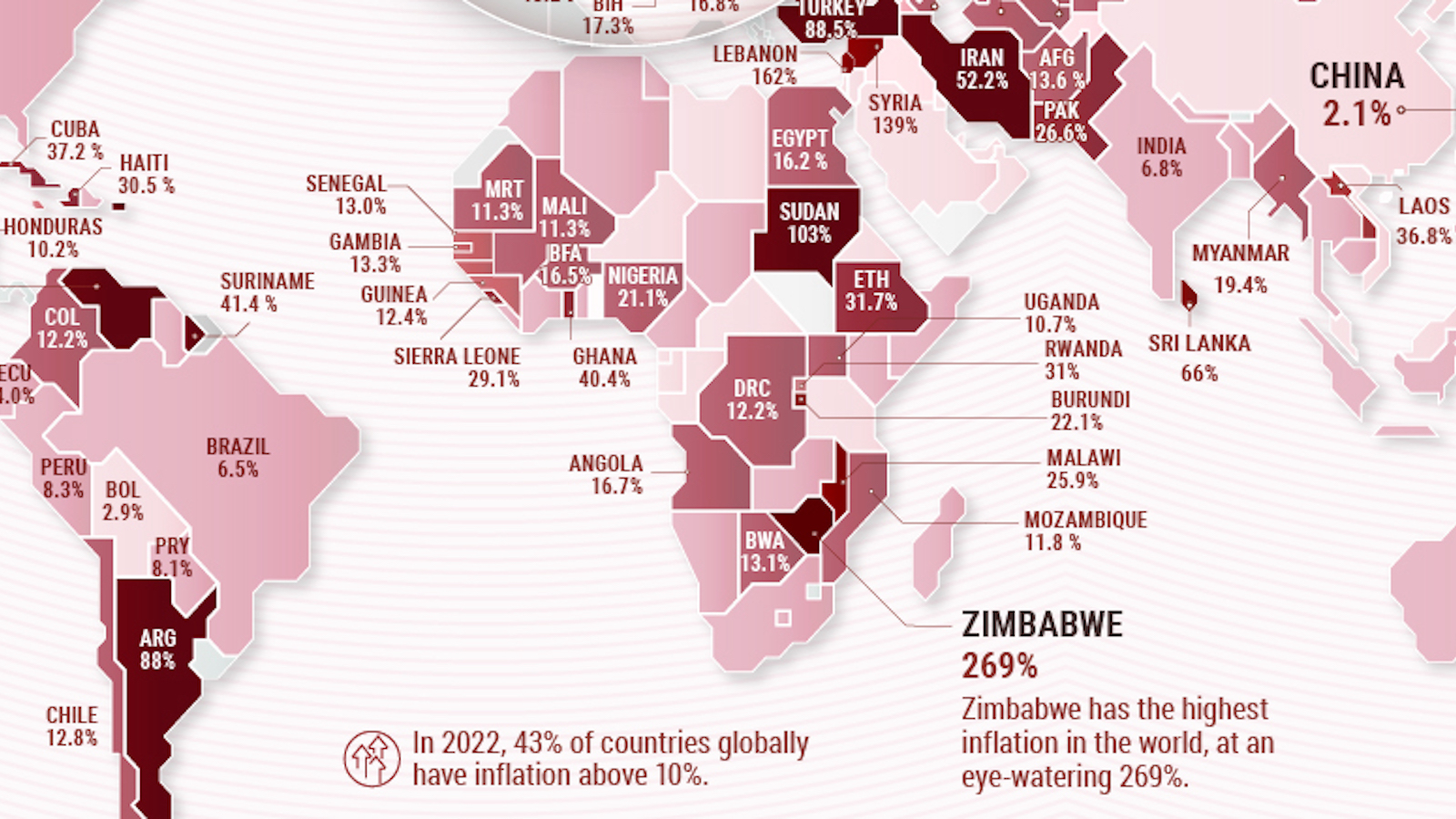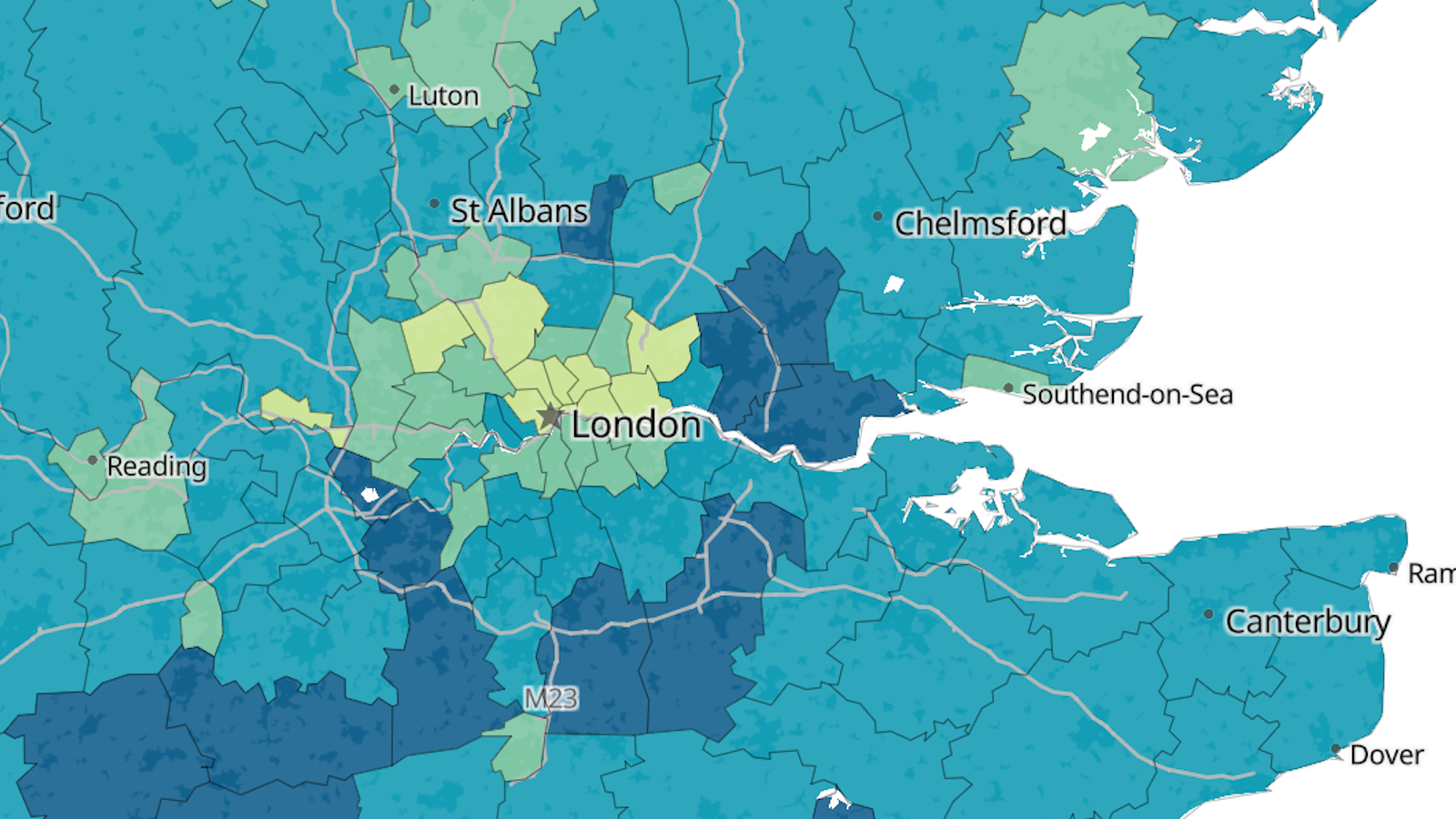Strange Maps
A special series by Frank Jacobs.
Frank has been writing about strange maps since 2006, published a book on the subject in 2009 and joined Big Think in 2010. Readers send in new material daily, and he keeps bumping in to cartography that is delightfully obscure, amazingly beautiful, shockingly partisan, and more. "Each map tells a story, but the stories told by your standard atlas for school or reference are limited and literal: they show only the most practical side of the world, its geography and its political divisions. Strange Maps aims to collect and comment on maps that do everything but that - maps that show the world from a different angle."
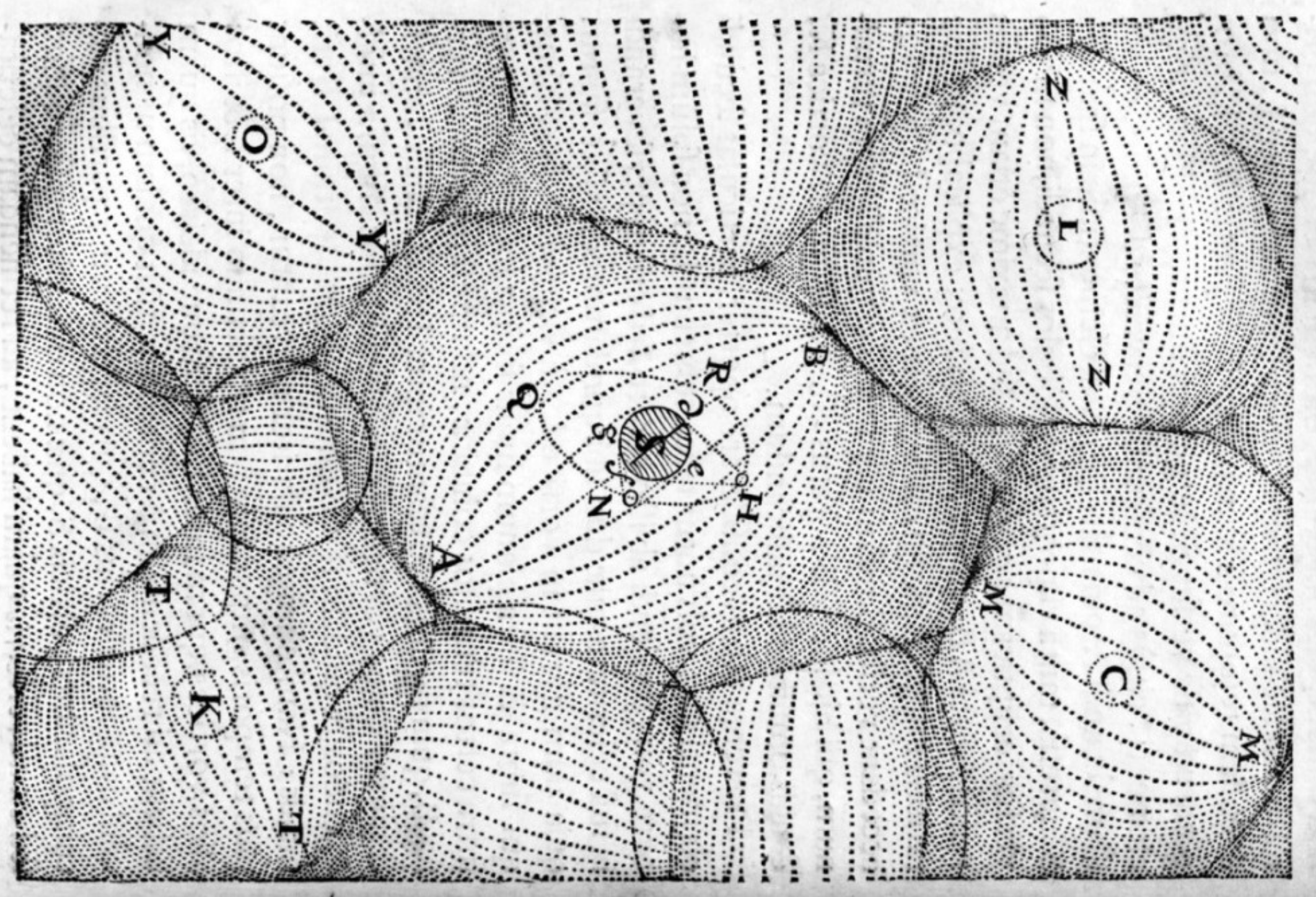
featured
All Stories
Germans are masters of building cars, cooking brats — and sitting while peeing.
“Who is the aggressor?” That depends on which of these maps you believe.
The average age of cannabis users is increasing. Weed may fall out of fashion before it becomes legal everywhere.
Here’s what Europe would have looked like if the Confederation of the Danube had been established after WWII.
Like Mars today, Venus used to be a sci-fi superstar. Recent discoveries could re-ignite our interest in Earth’s “evil twin.”
In 1903, a Vermont doctor bet $50 that he could cross America by car. It took him 63 days, $8,000, and 600 gallons of gas.
Nevada has the fewest number of native-born citizens.
Dig a 70-mile tunnel under the Bering Strait, and you get this amazing InterContinental Railway, which will reshape the world.
Parking lots are about one-fifth of all land in U.S. city centers, making them “easy to get to, but not worth arriving at.”
Worldwide, 15% of children are born out of wedlock, but the figure varies from less than 1% in places like China to 69% in Iceland.
Quelle horreur! Paris isn’t just a 15-minute city; it’s a five-minute city.
The Black, Caspian, and Aral Seas are the last surviving fragments of a body of water that stretched from Austria to Turkmenistan.
Two populations that are geographically separated today once mated a very long time ago.
In 1934, American Communists translated a Stalinist book about revolution into a children’s game. Curiously, it didn’t catch on.
How to say “I love you” in Basque, the “most loving” cities around the world, and where most of America’s singles live — and so much more!
Almost 18,000 projects, brought together on one clickable map.
This graph shows how badly German cities were hit by Allied bombing raids.
X marks the spot. The Dutch town of Ommeren has been swamped by detectorists armed with shovels looking for $20-million treasure.
It’s nearly 20,000 miles long.
Some Europeans really don’t want to use the internet.
The Centennial State is technically a hexahectaenneacontakaiheptagon.
Ancient bones reveal that domesticated felines were at home in Pre-Neolithic Poland around 8,000 years ago.
When maps meet stamps, you get a love child called “cartophilately.”
The amazing life of “Gudrid the Far-Traveled” was unjustly overshadowed by her in-laws, Erik the Red and Leif Erikson.
If you want to sleep more, try working less, eating better, and exercising more. Alternatively, you could emigrate to Albania.
Is the dumpster in the alley worthy of a poem?
The popular game has a backstory rife with segregation, inequality, intellectual theft, and outlandish political theories.
Guess which country has 269% inflation.
For the first time in nearly 1500 years, fewer than half the people in England and Wales consider themselves Christian.
